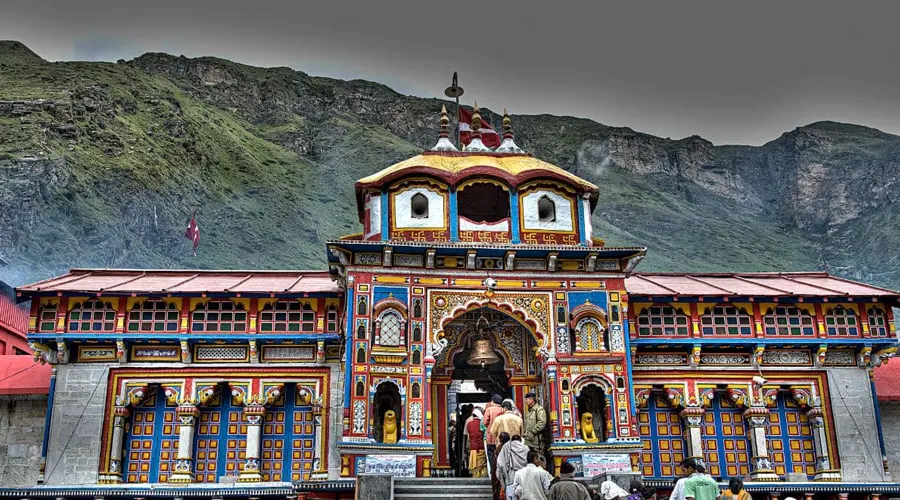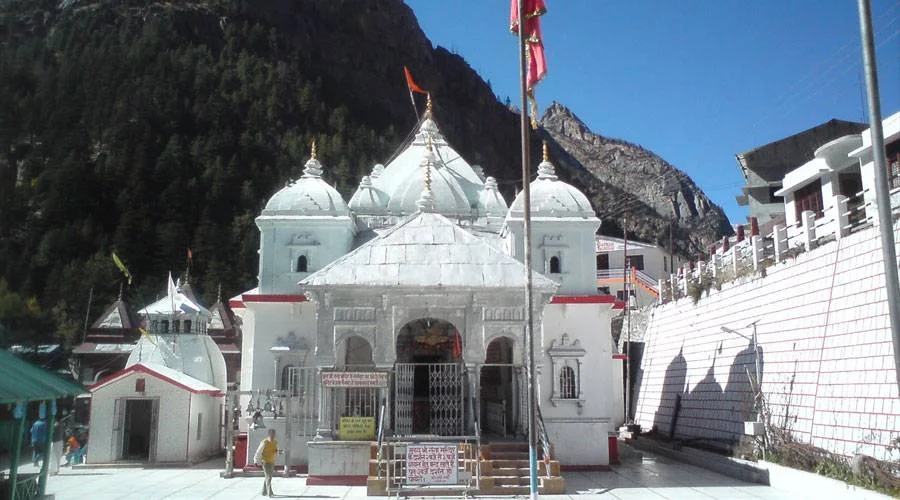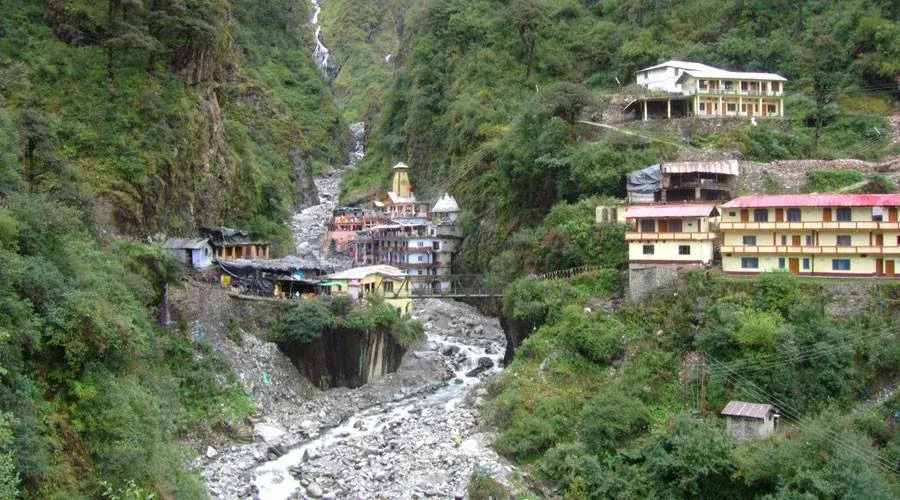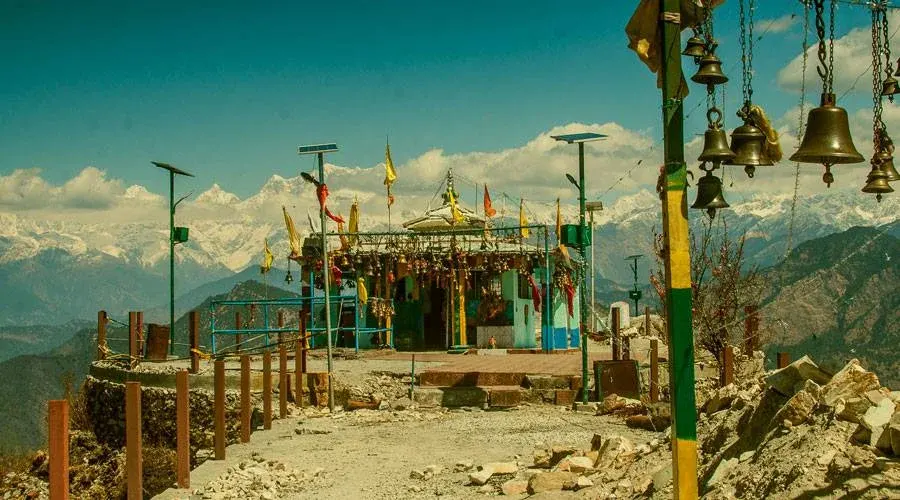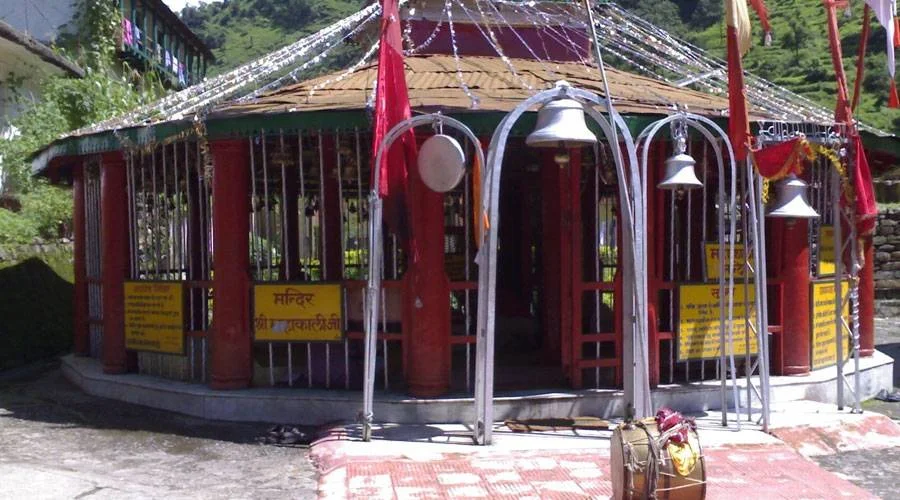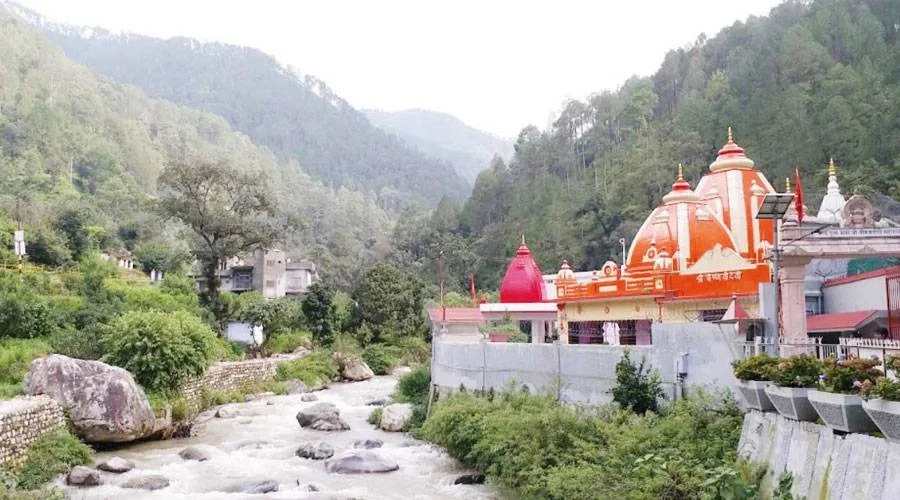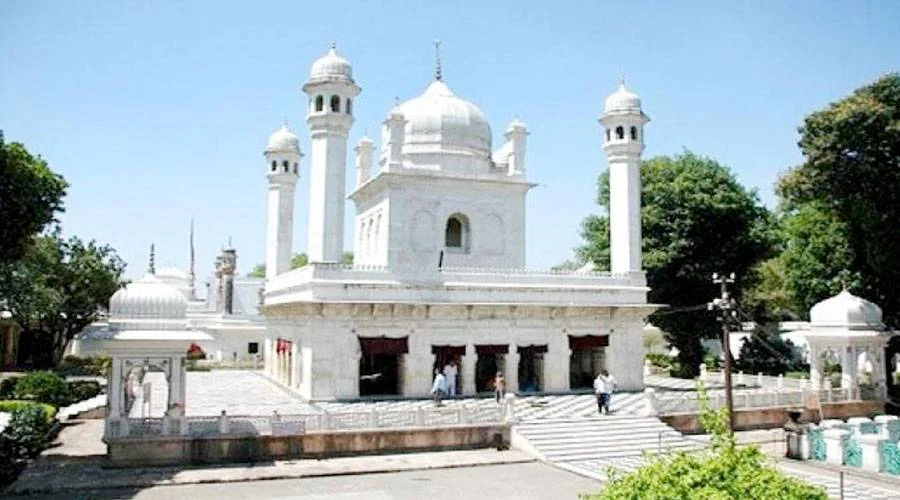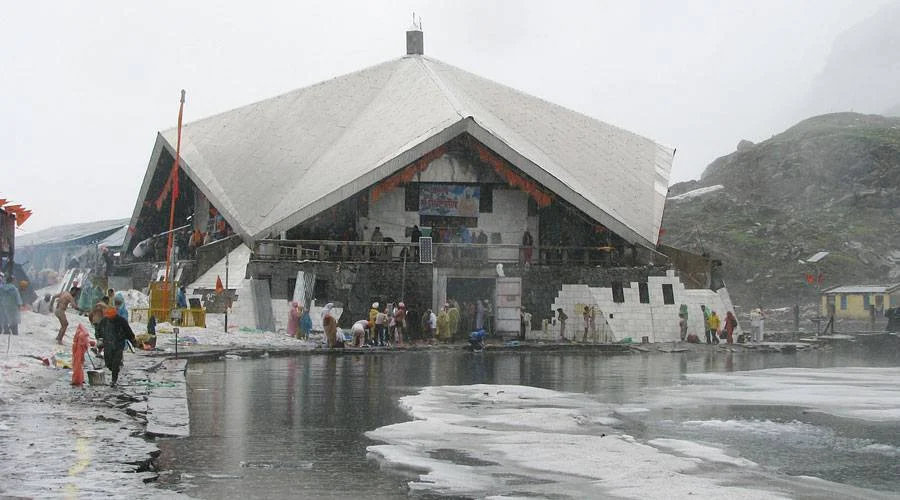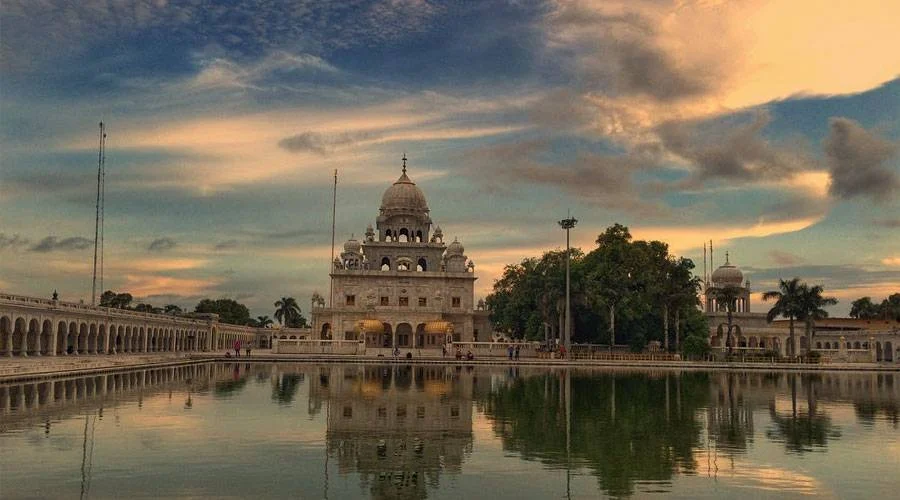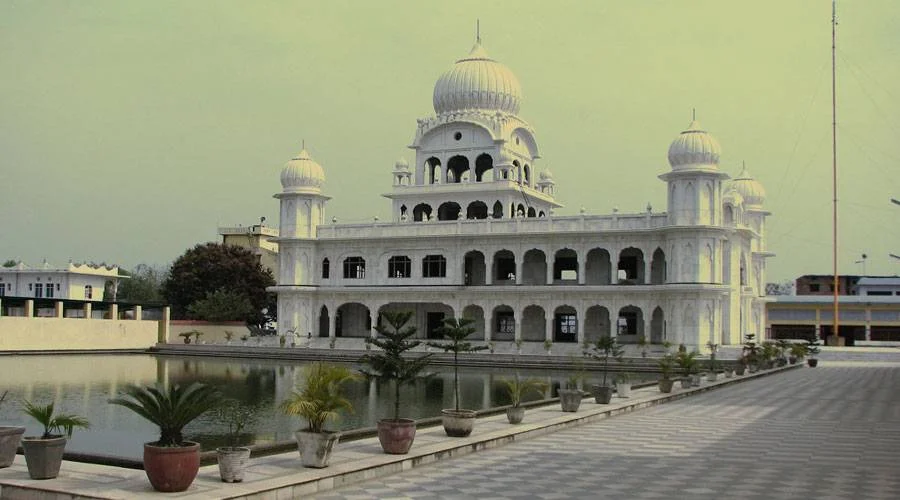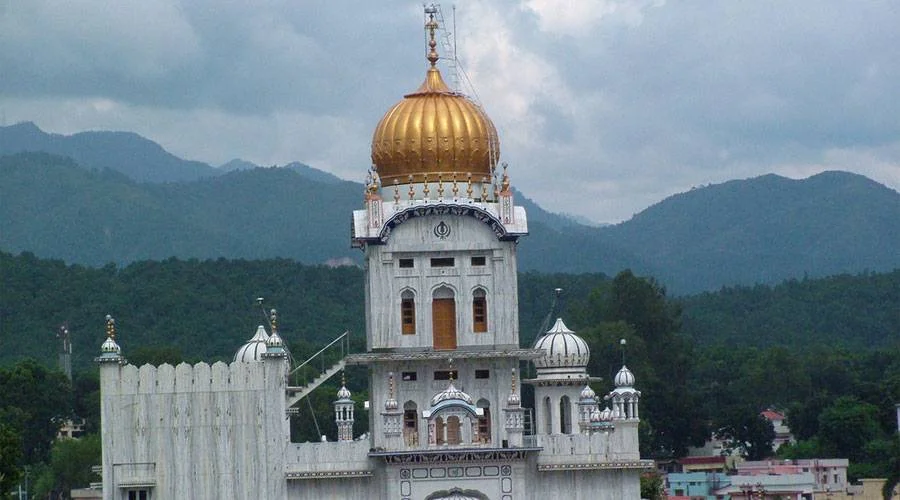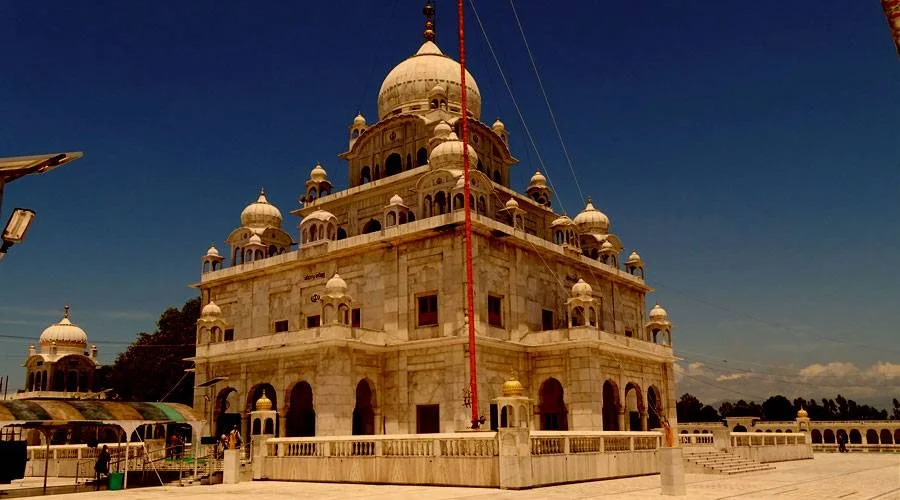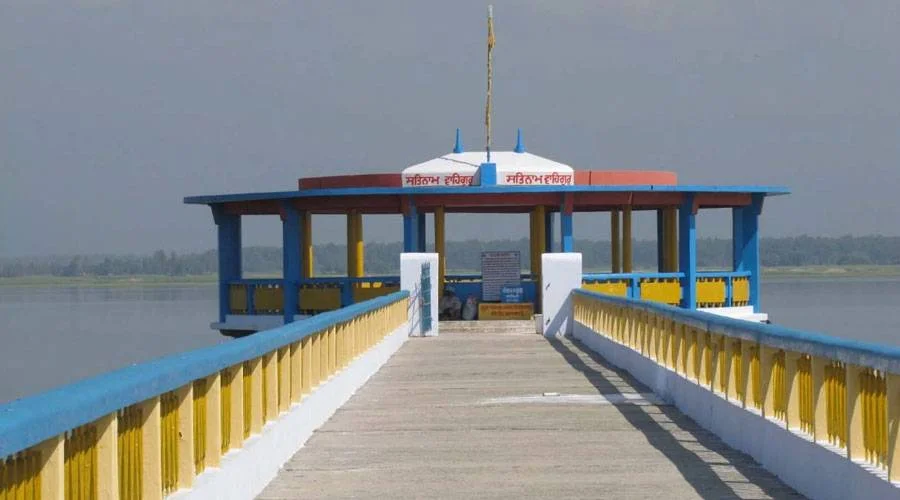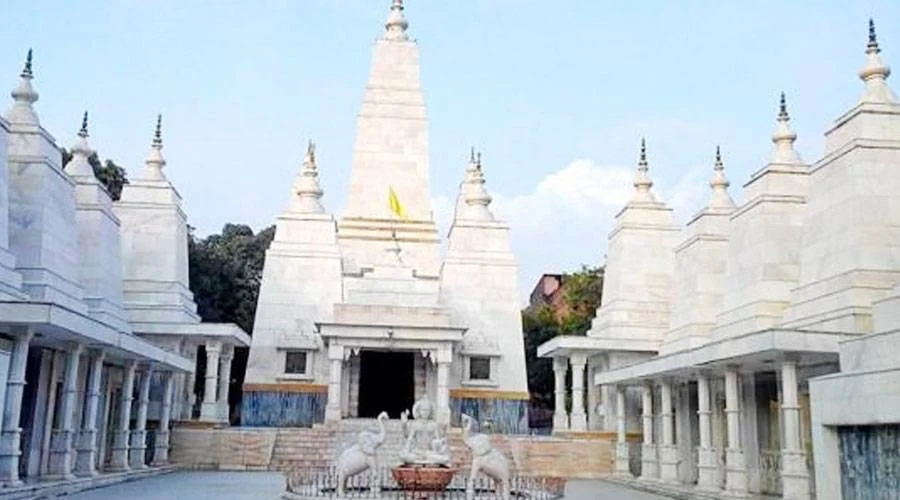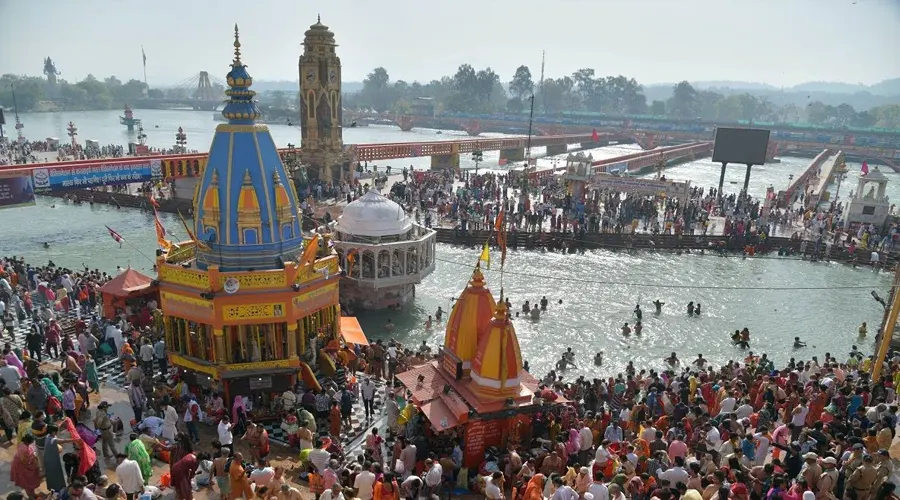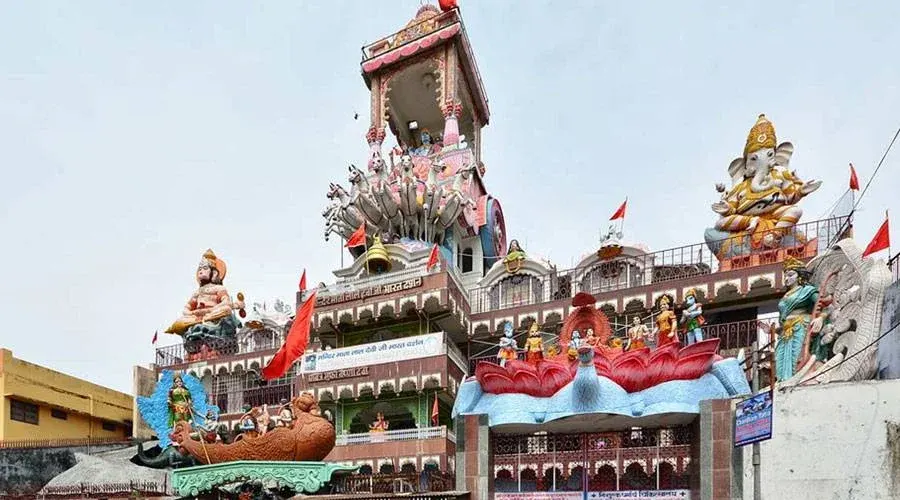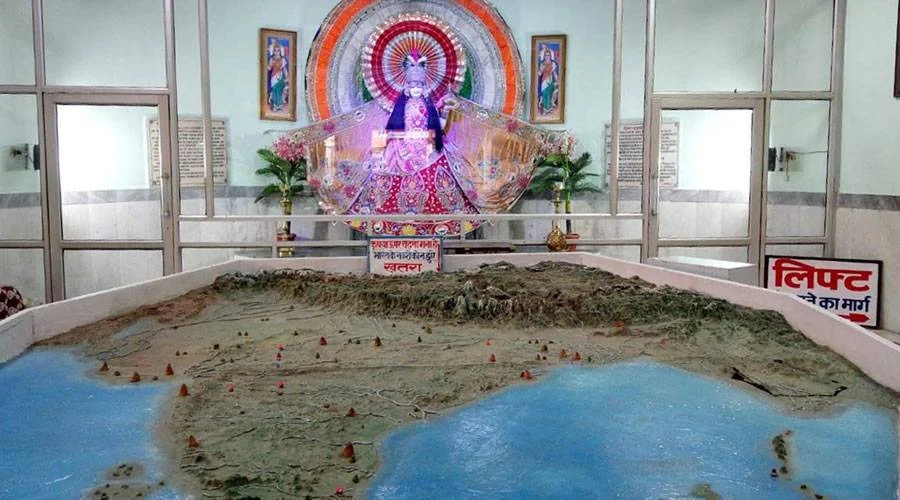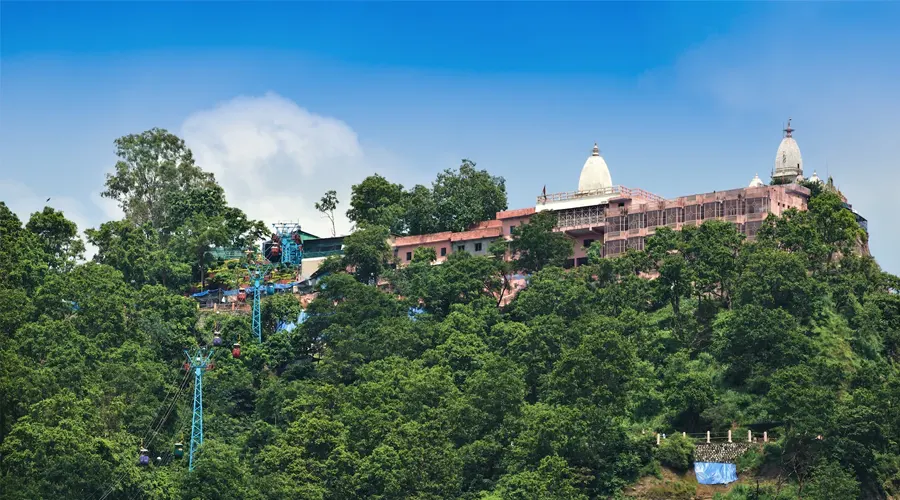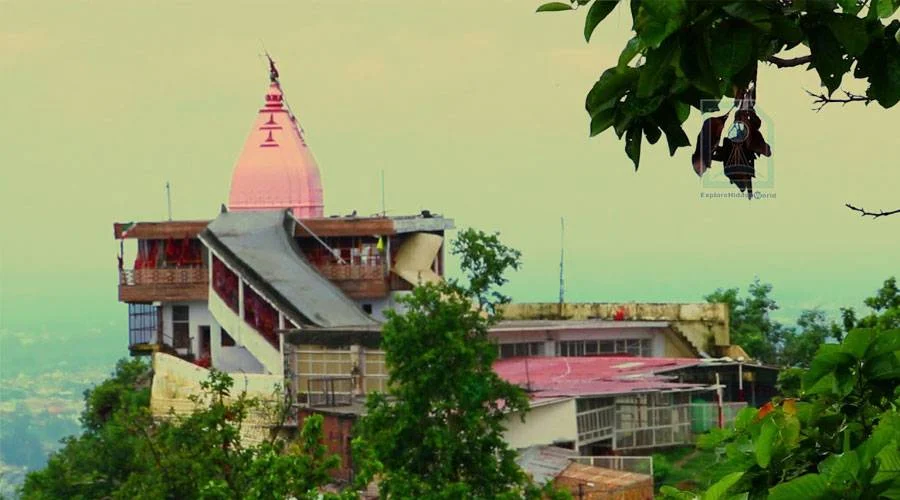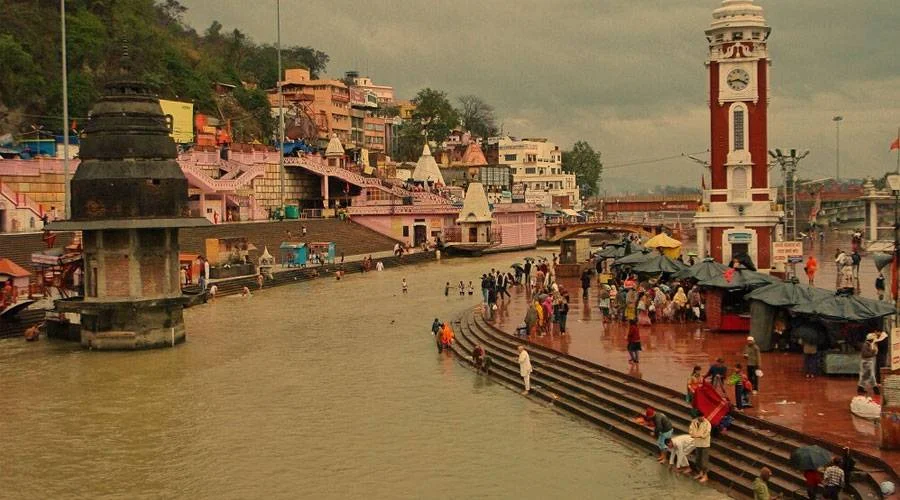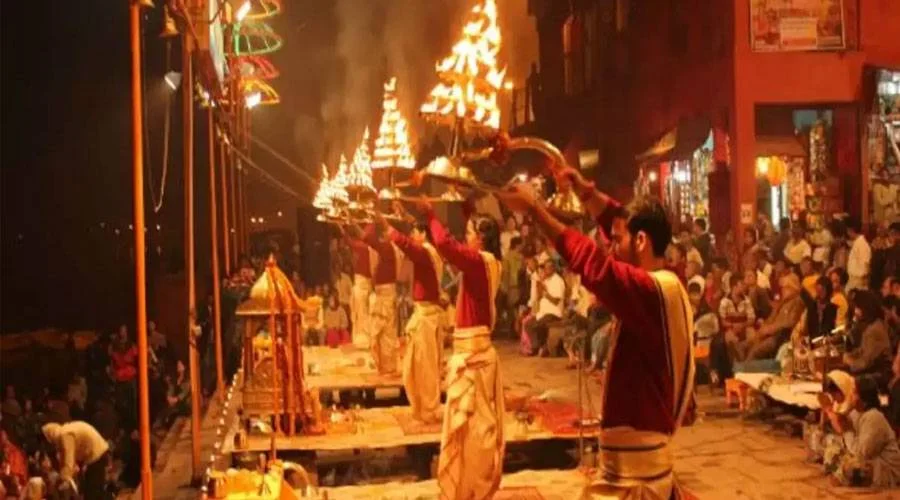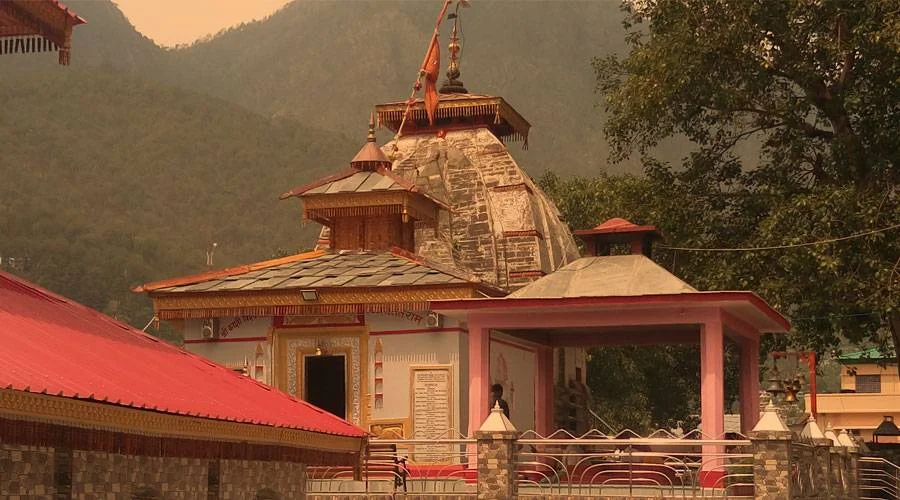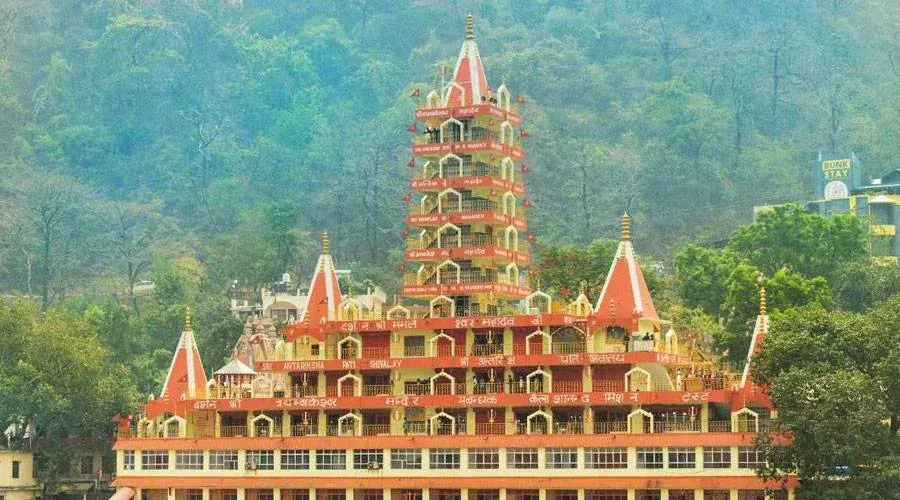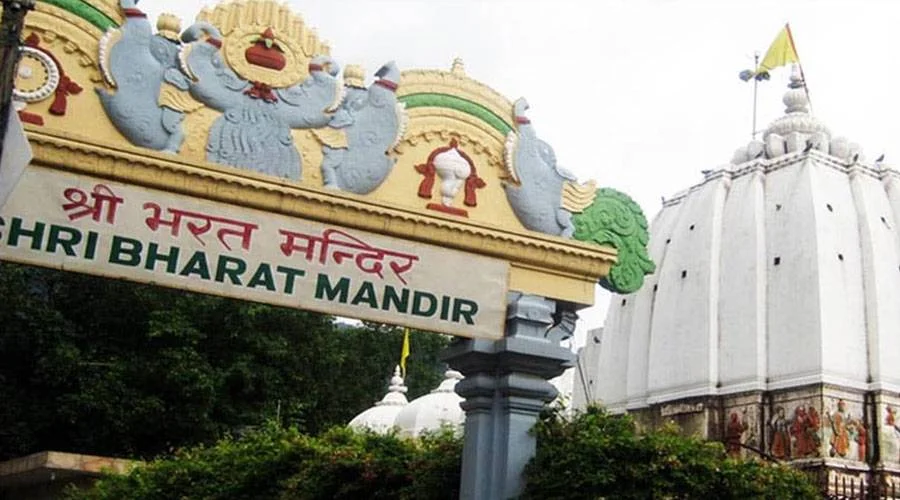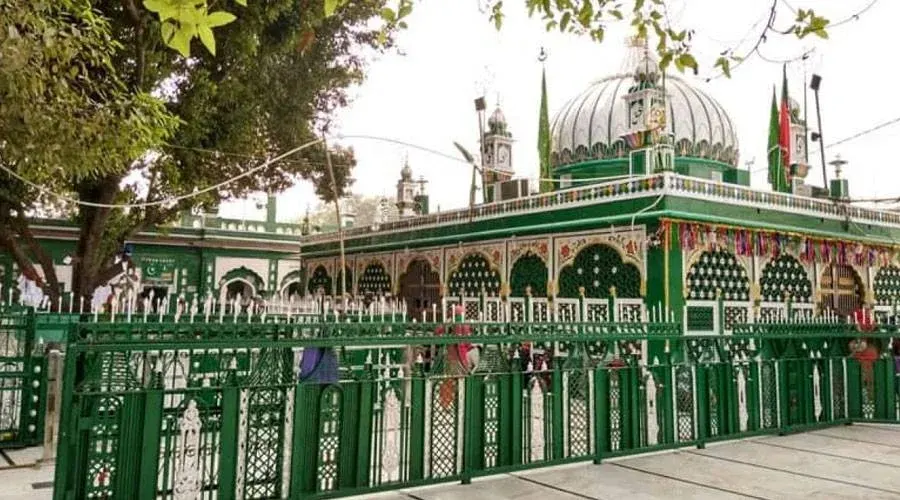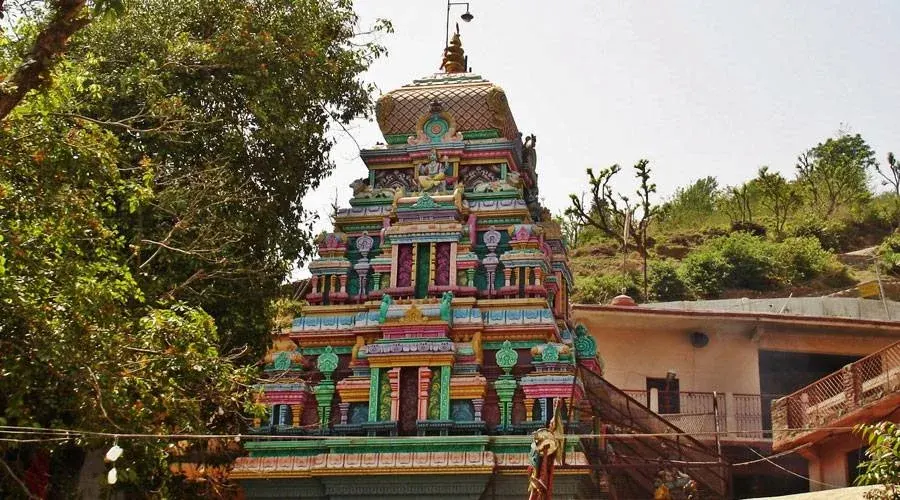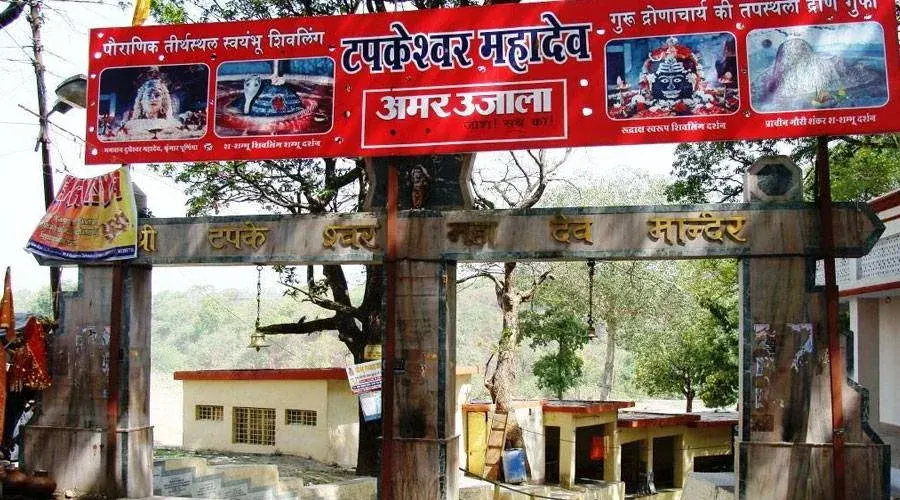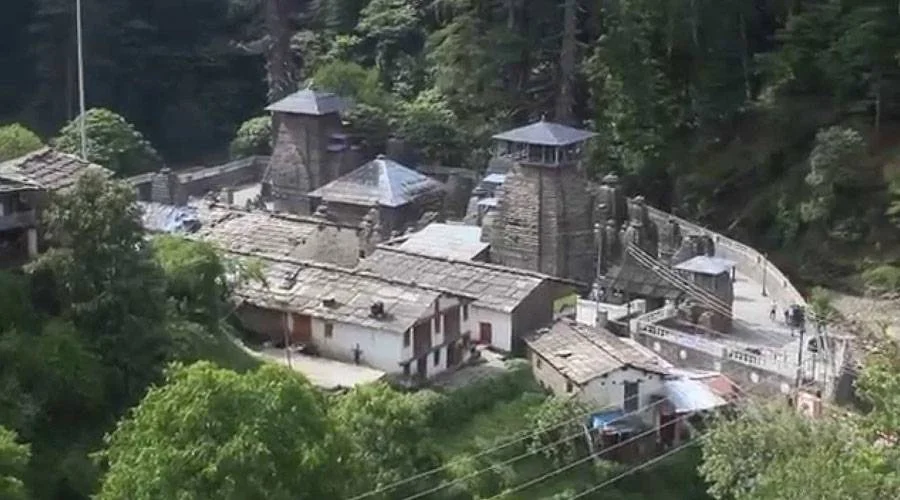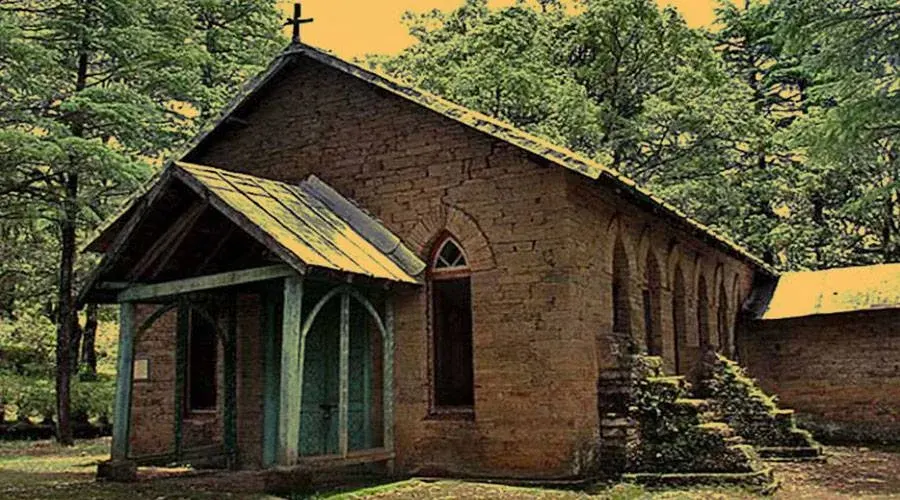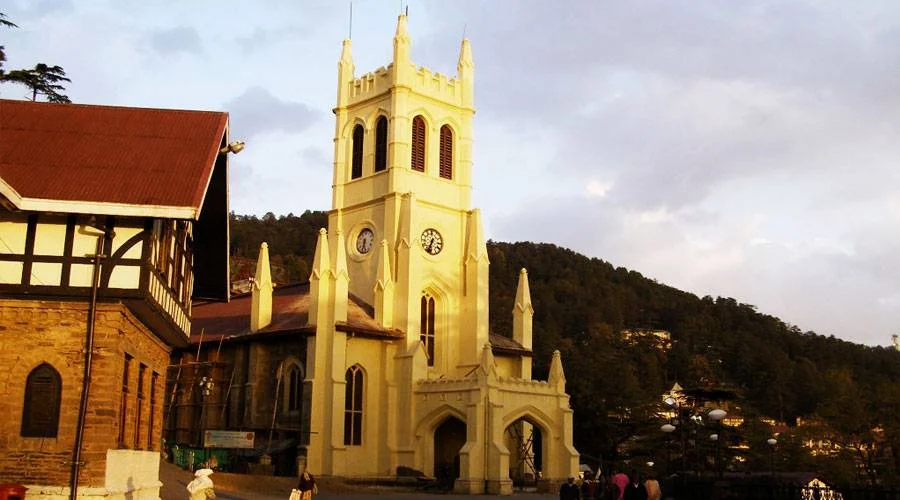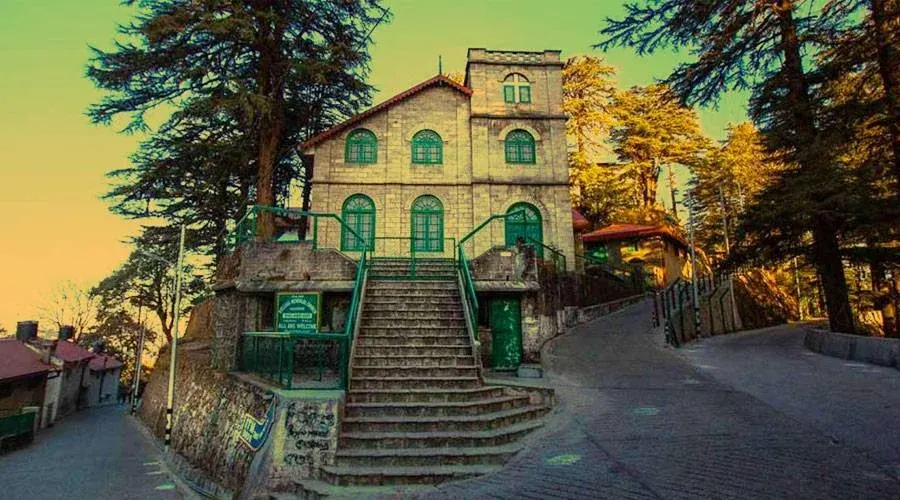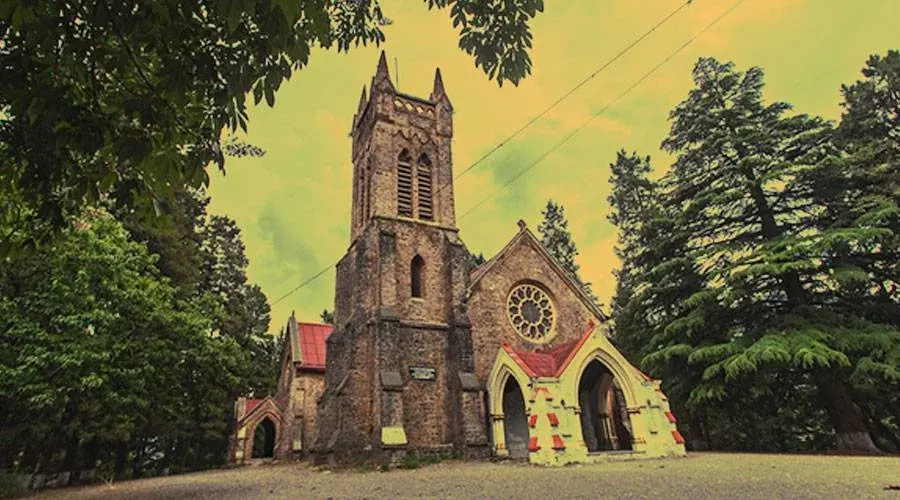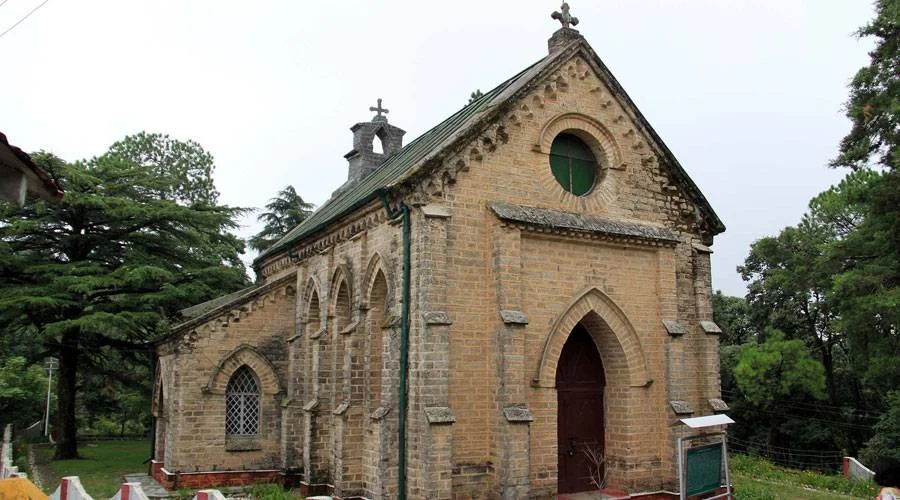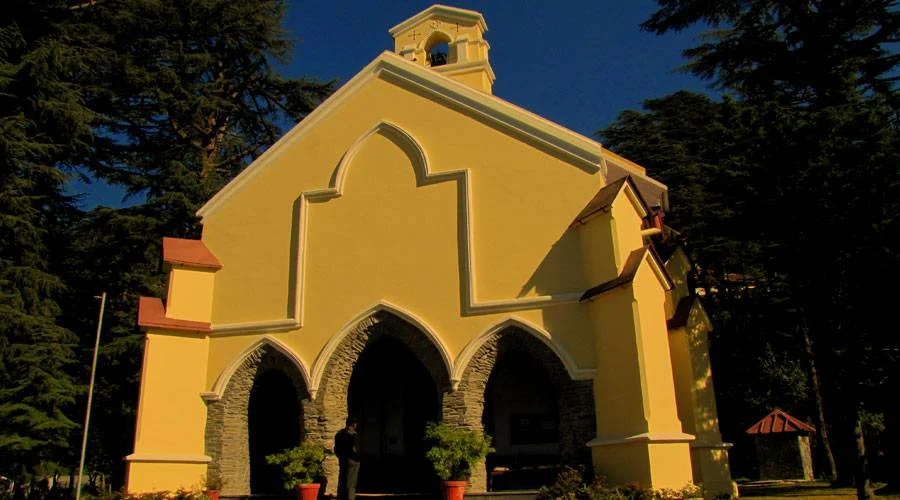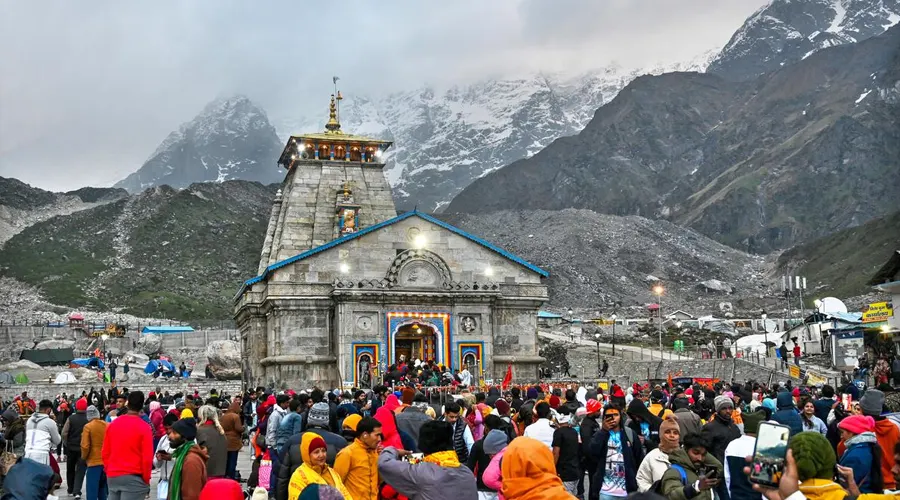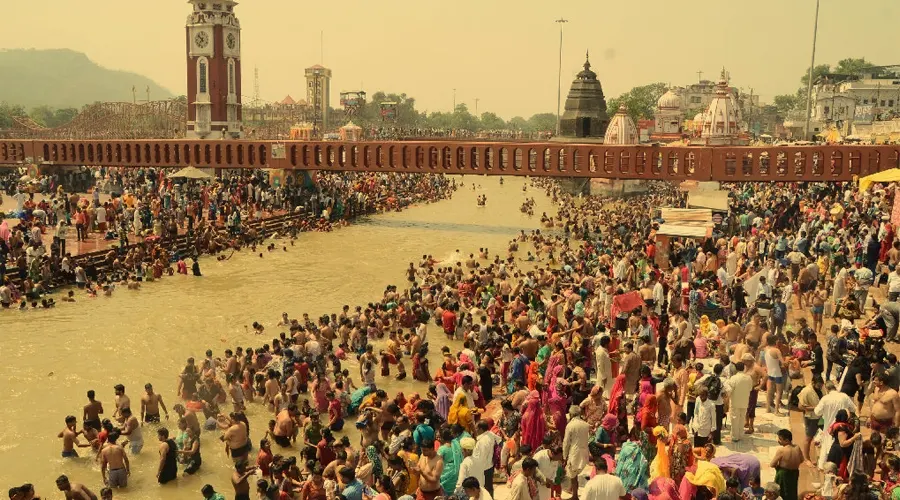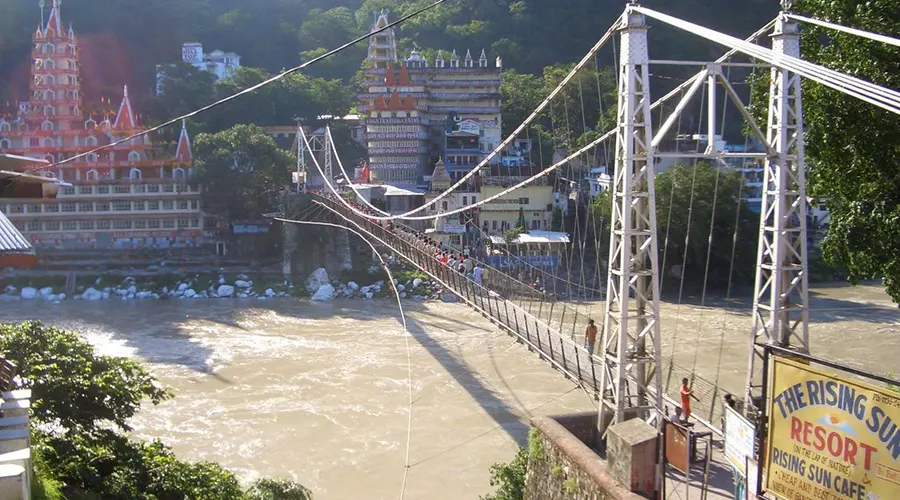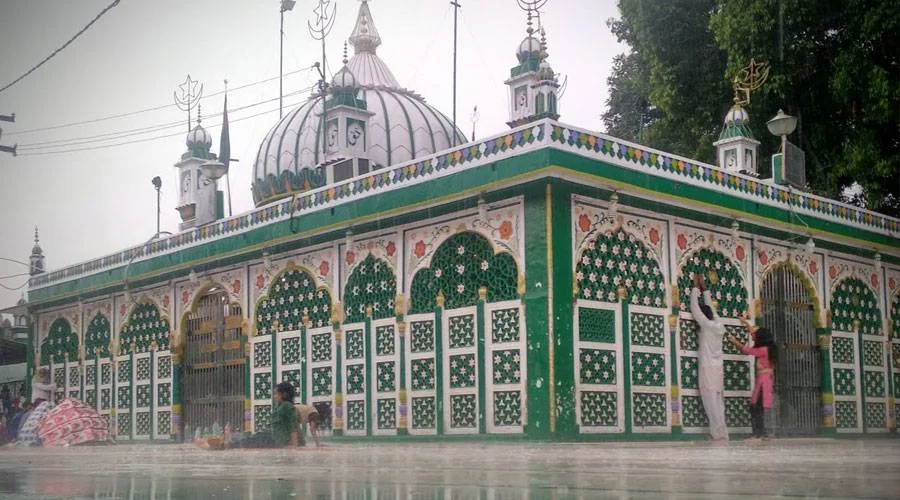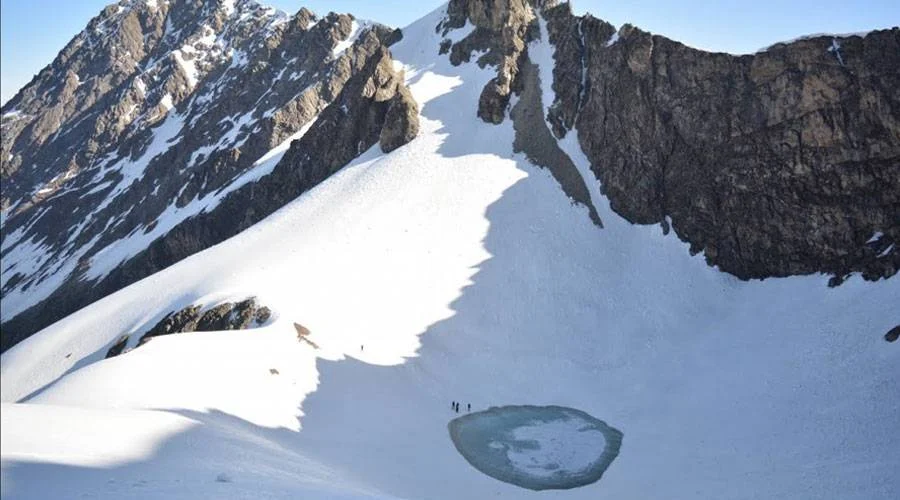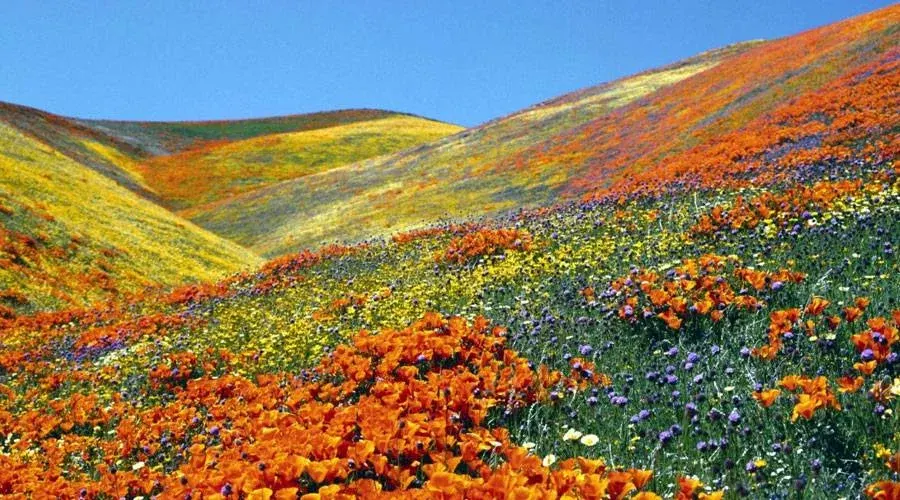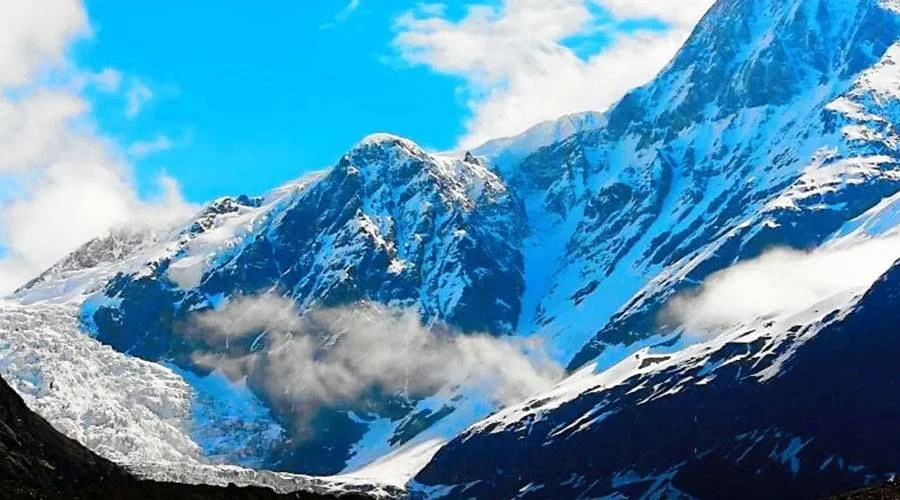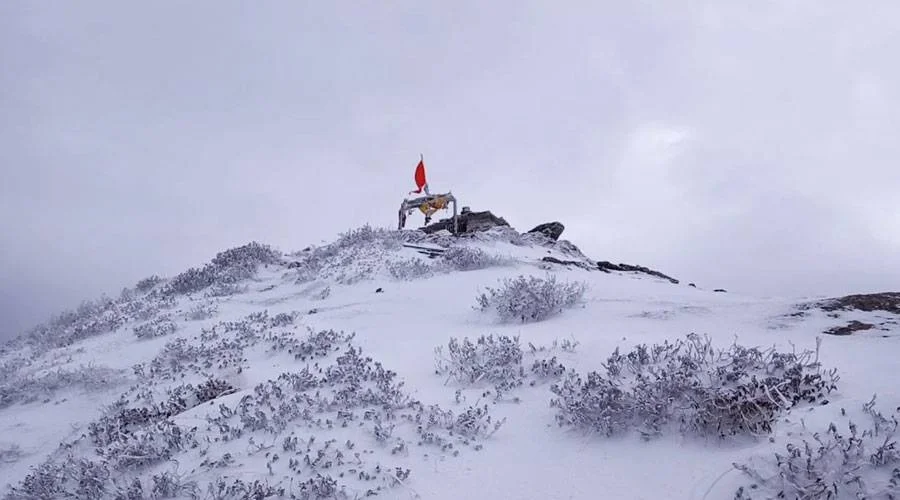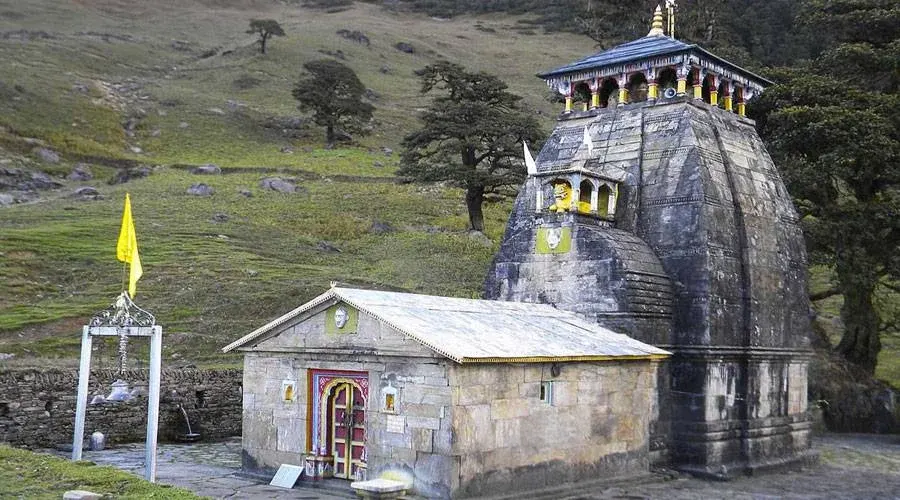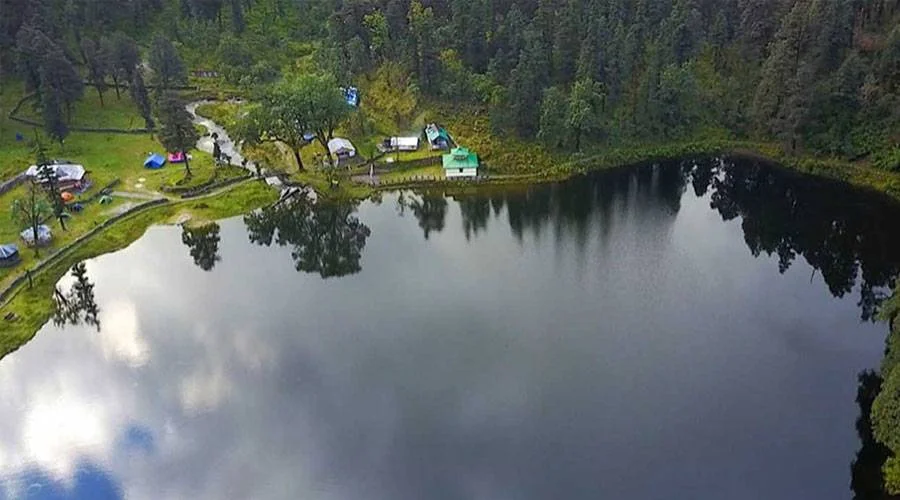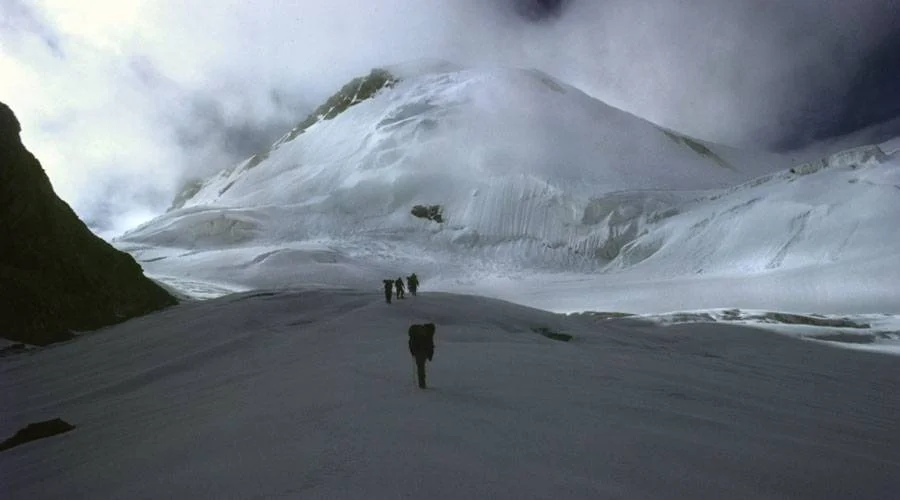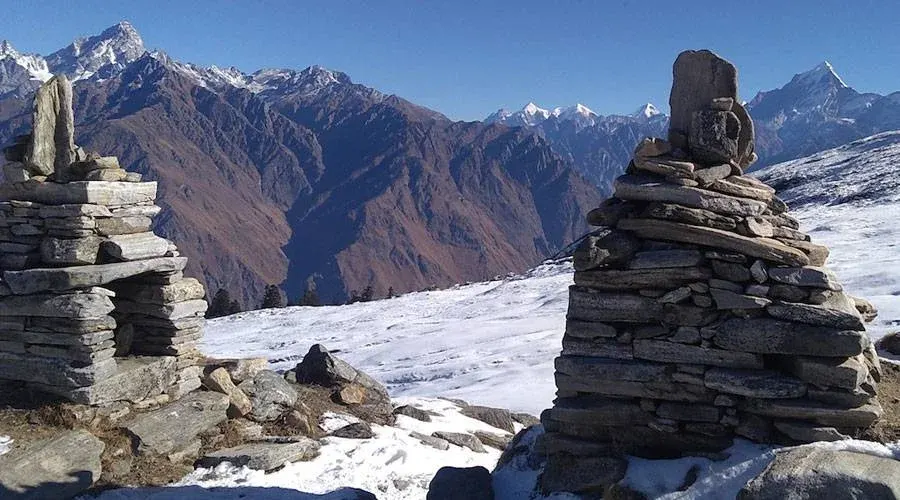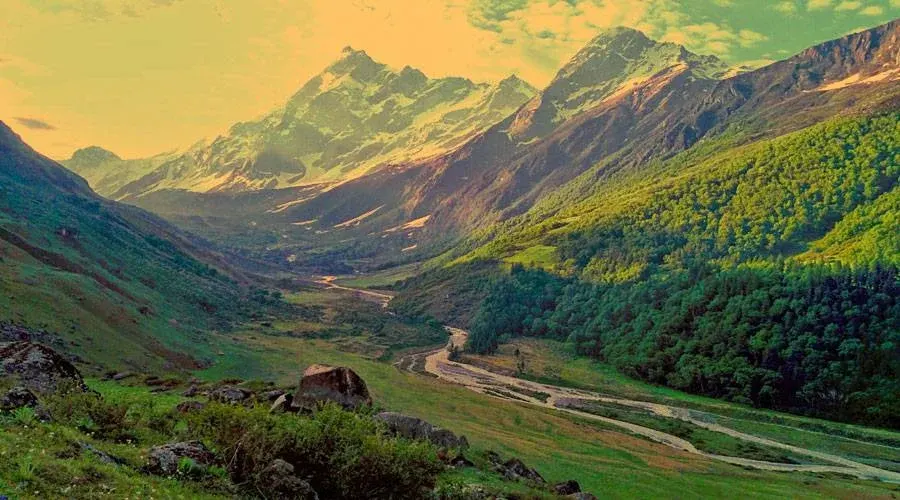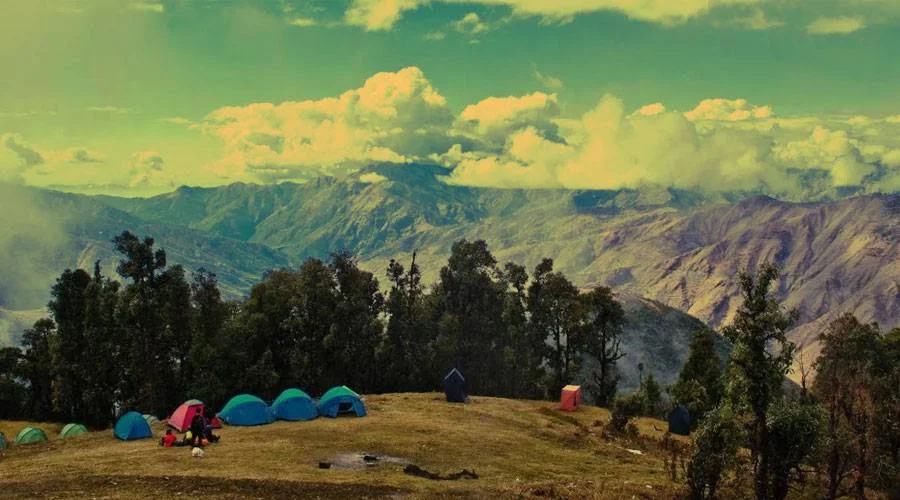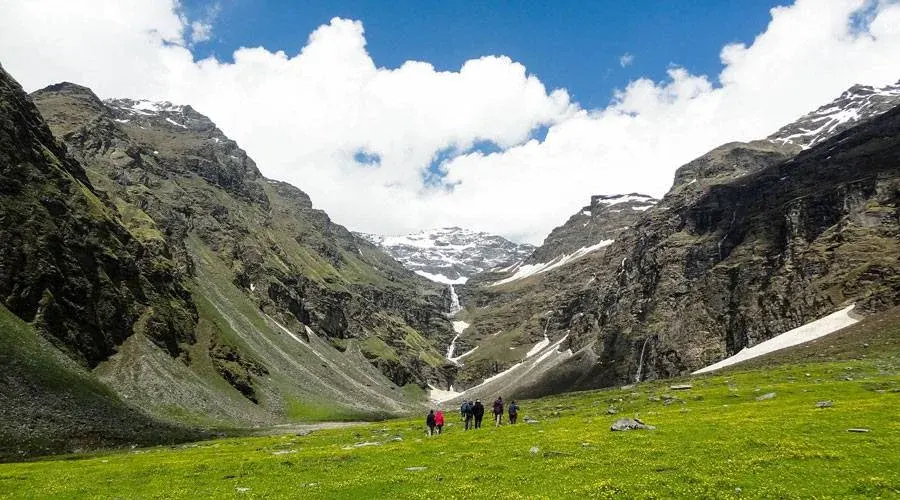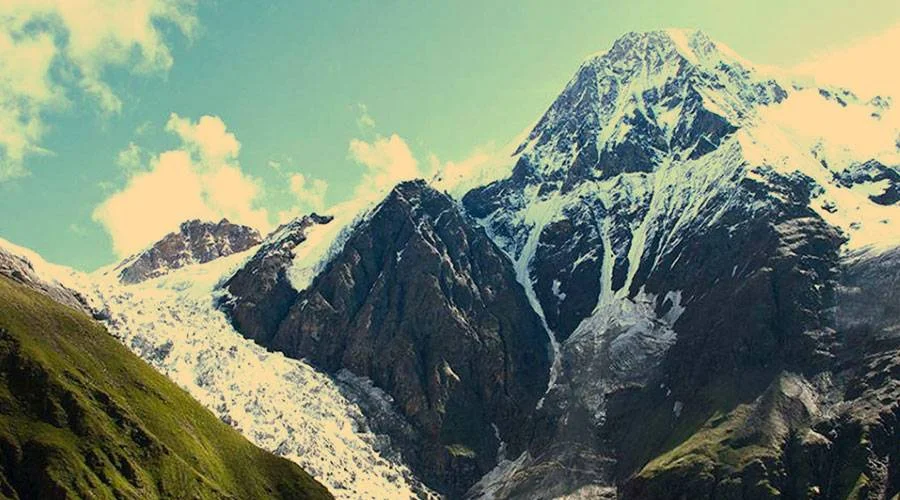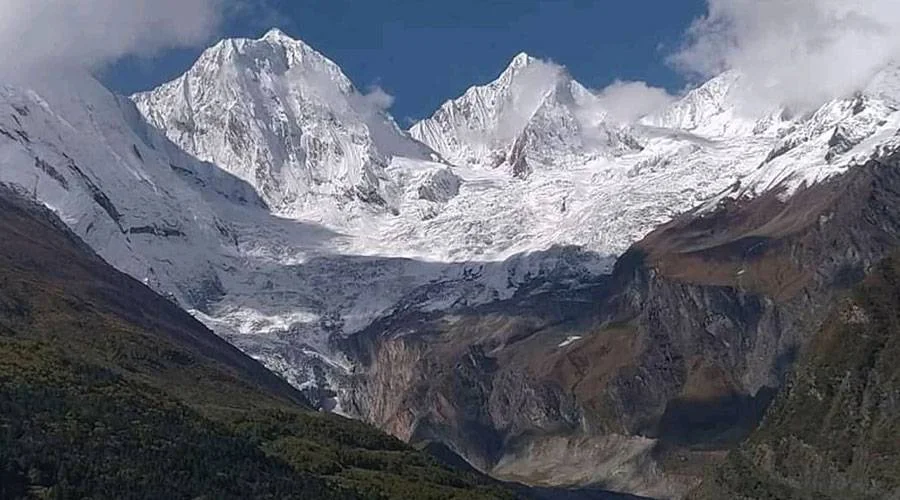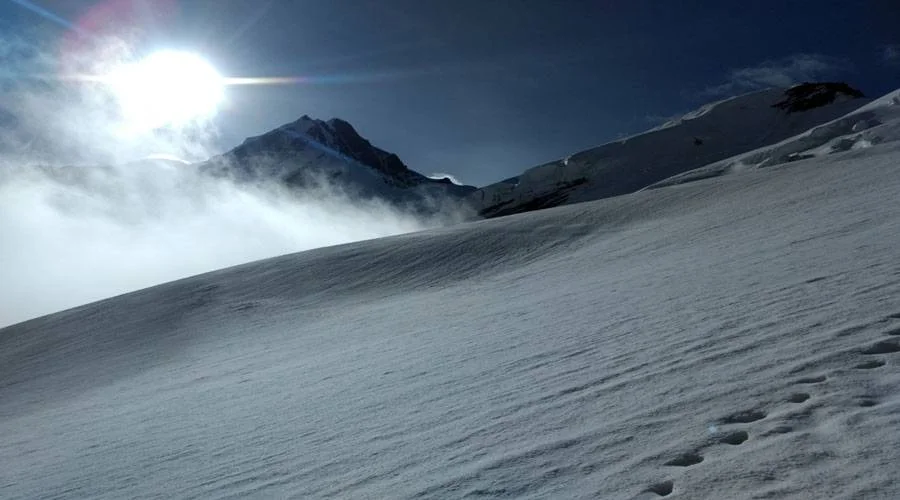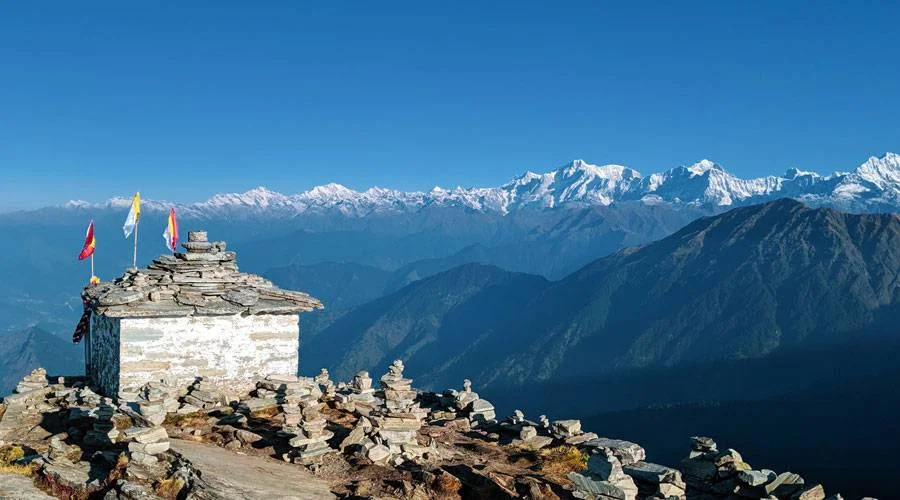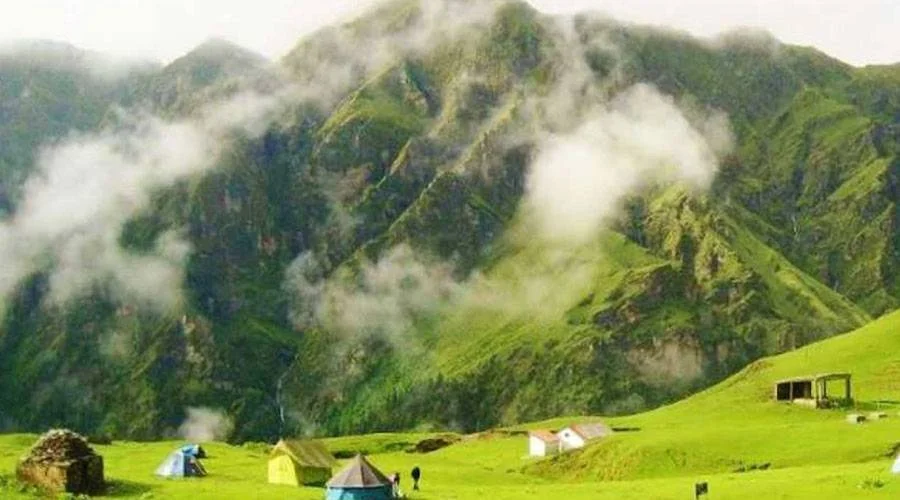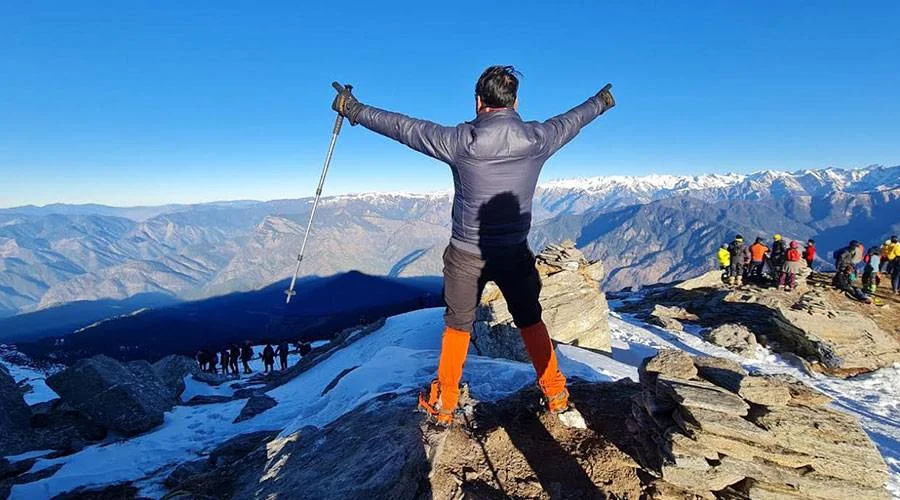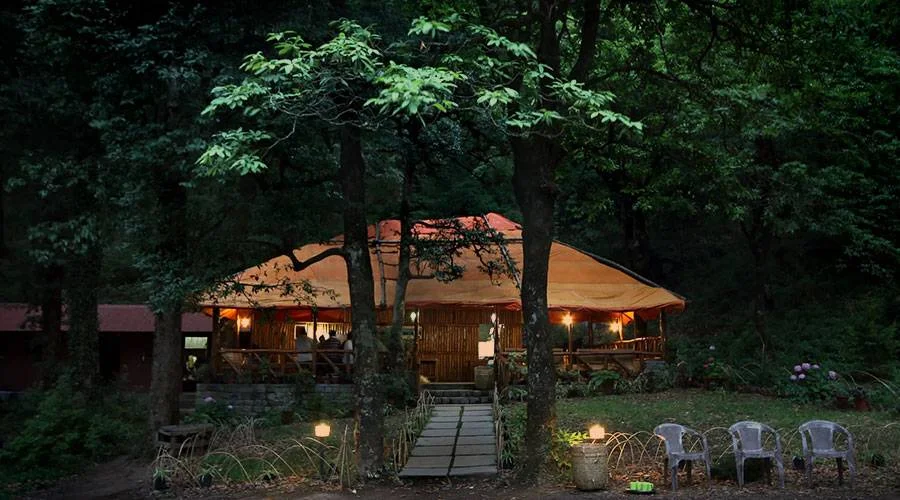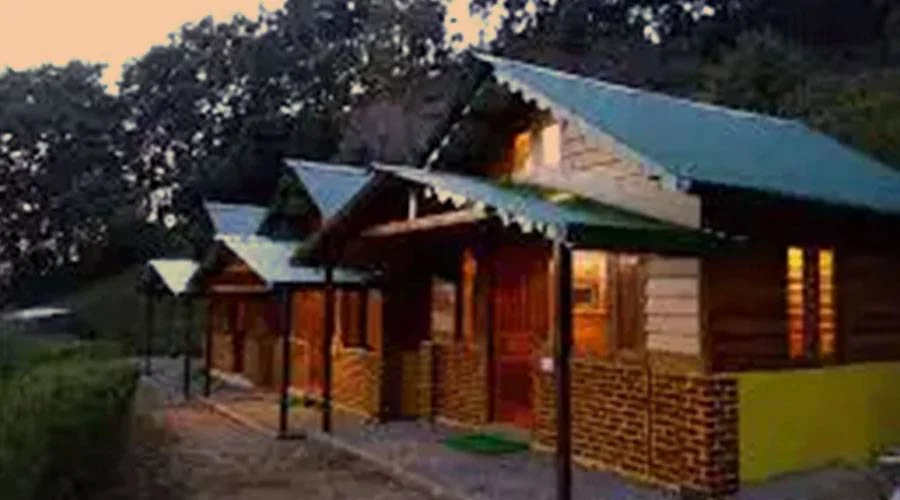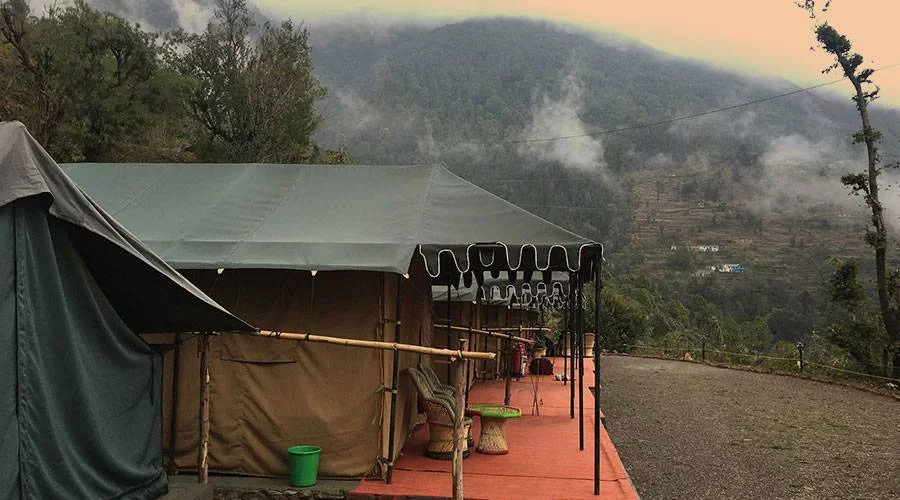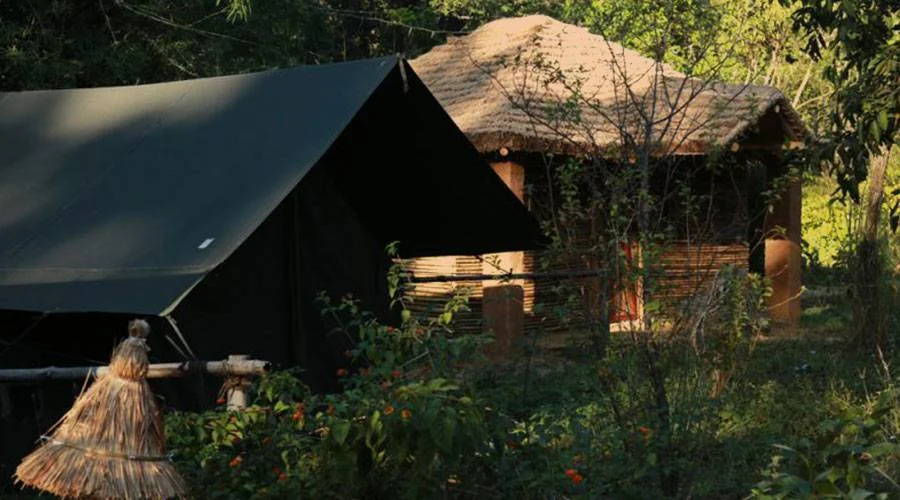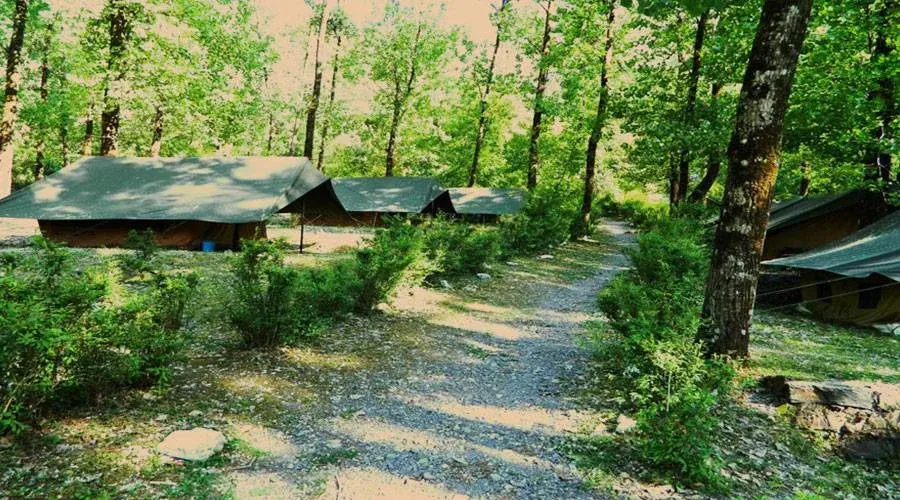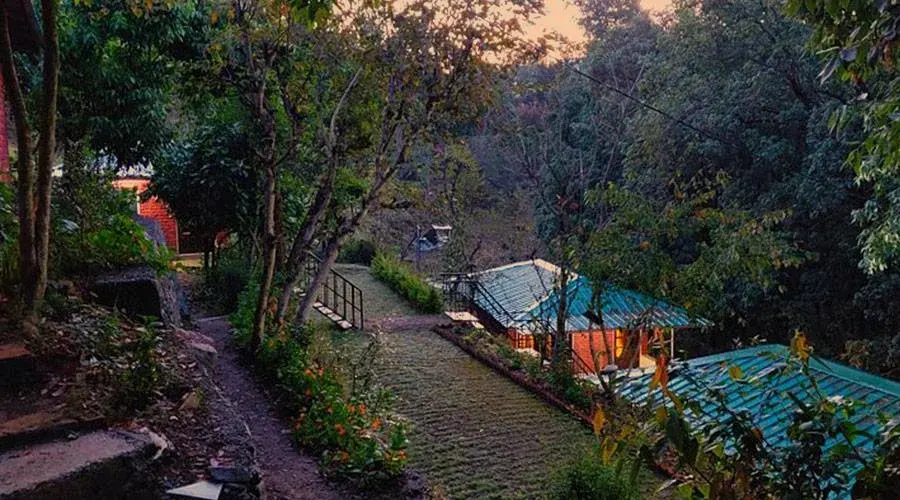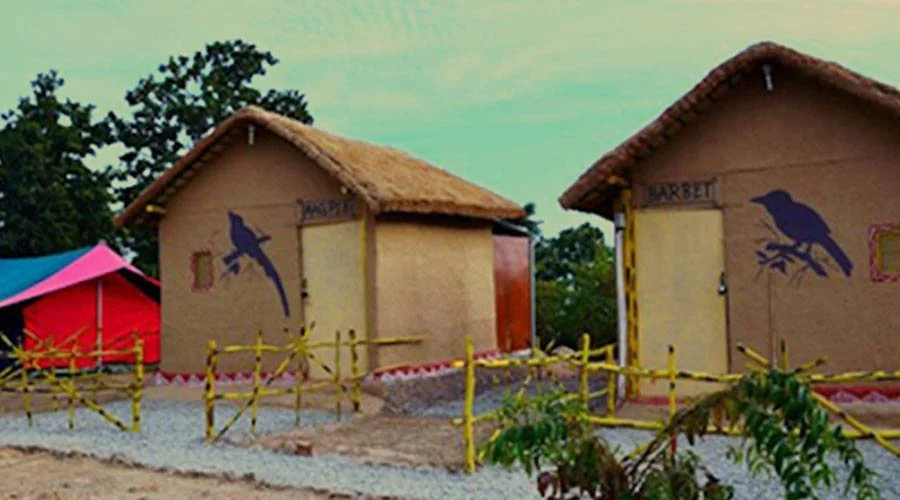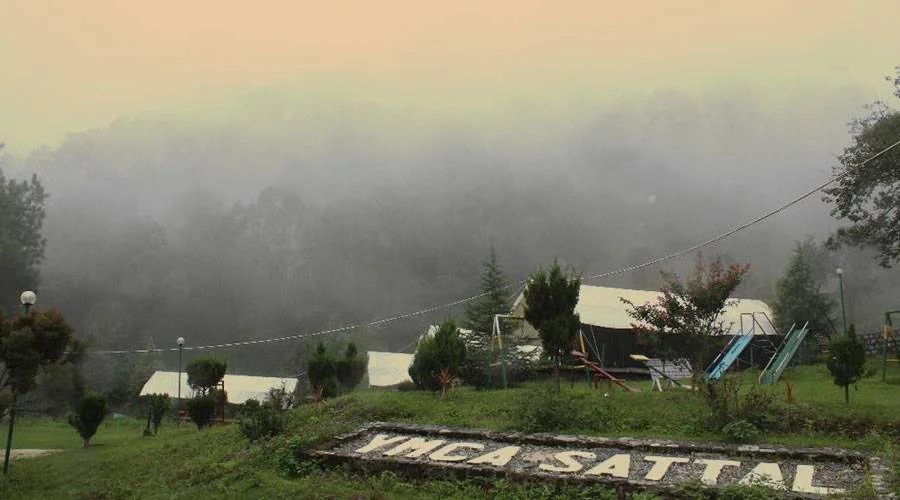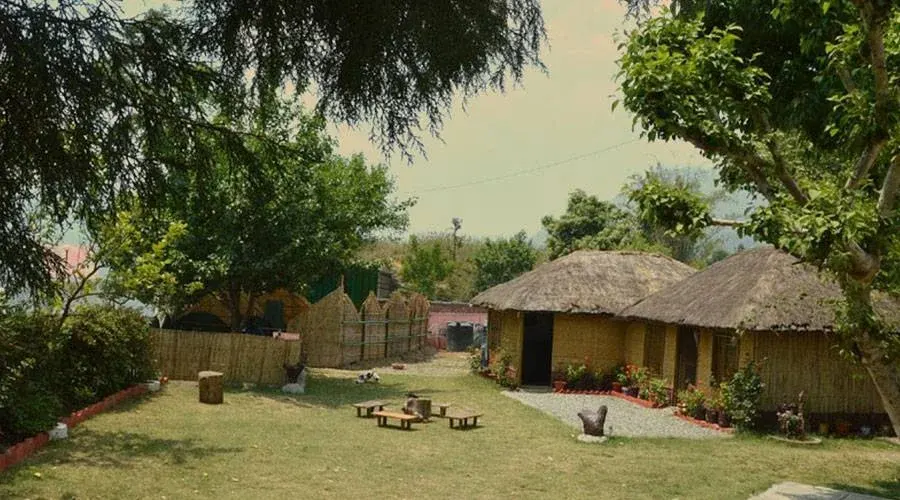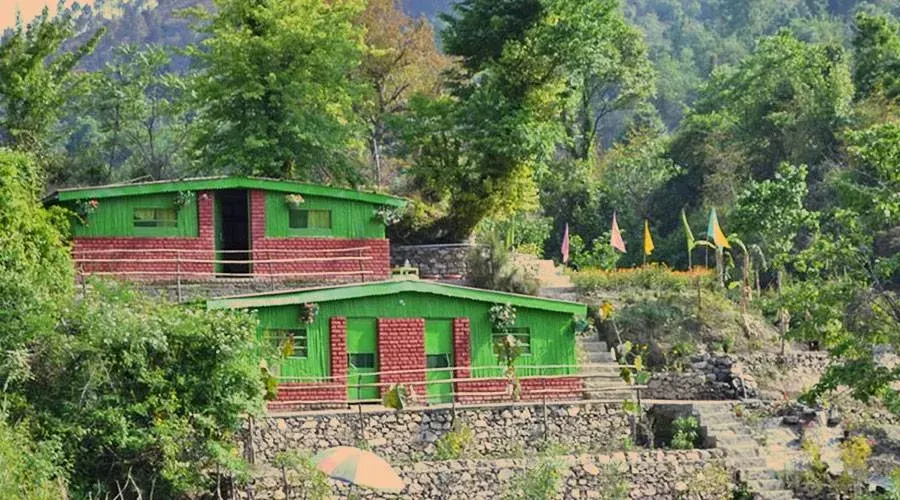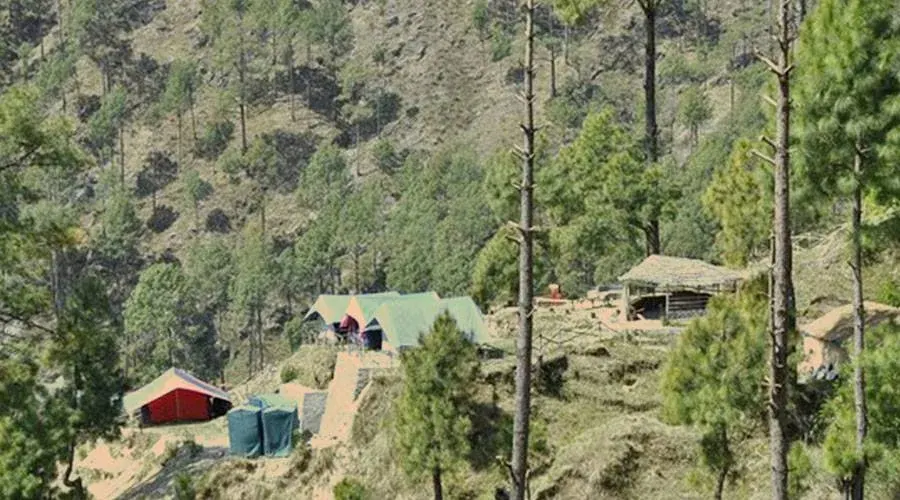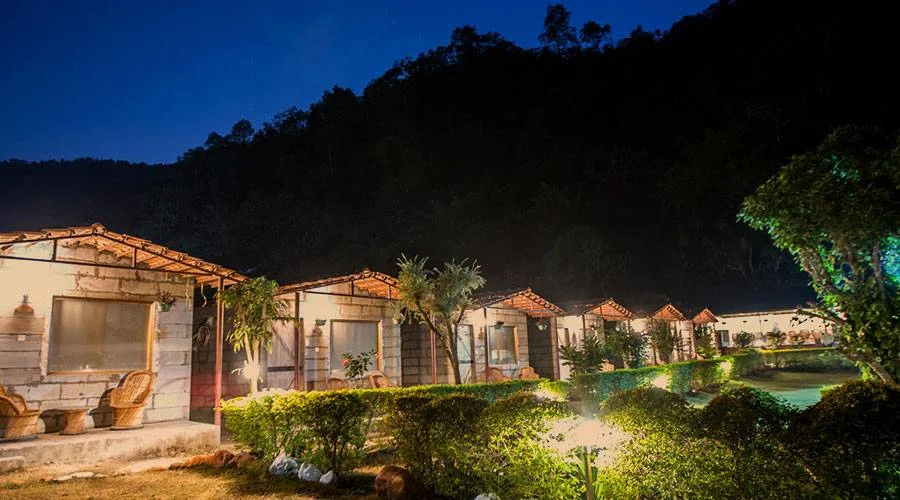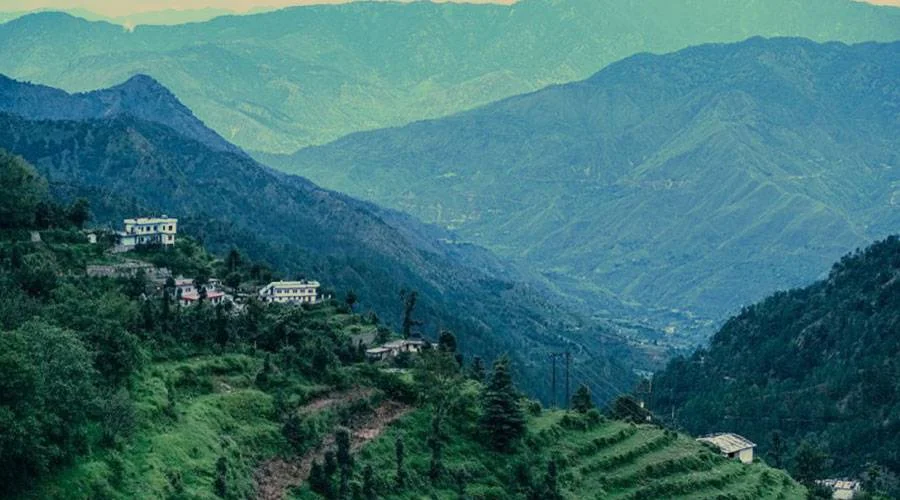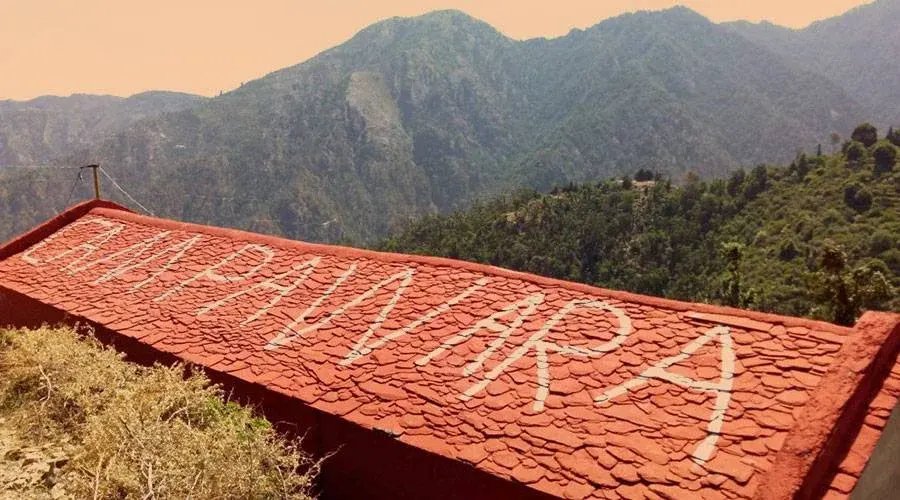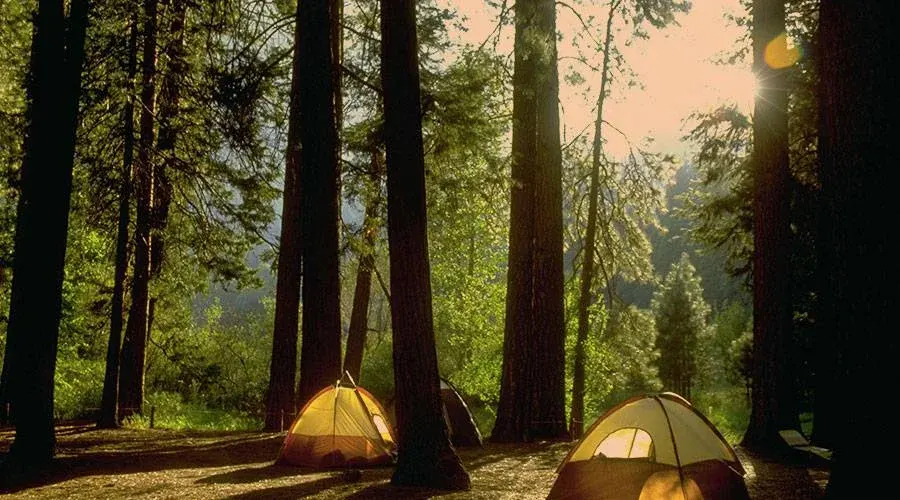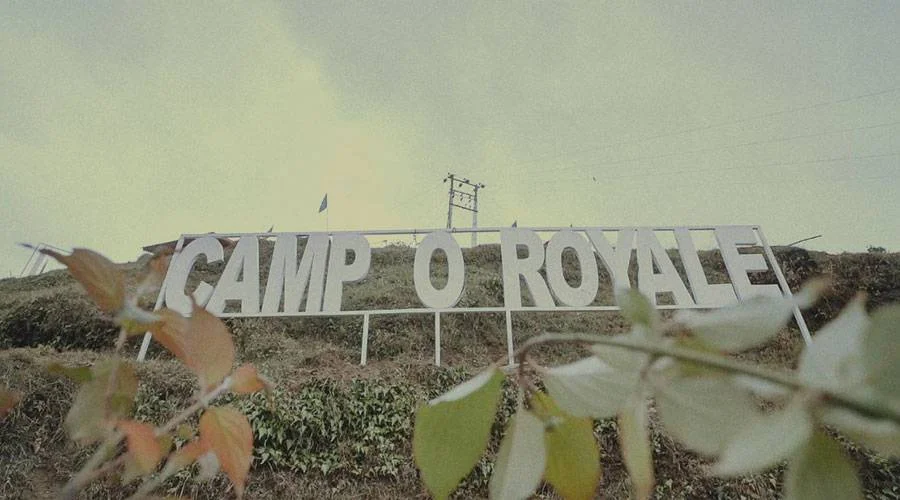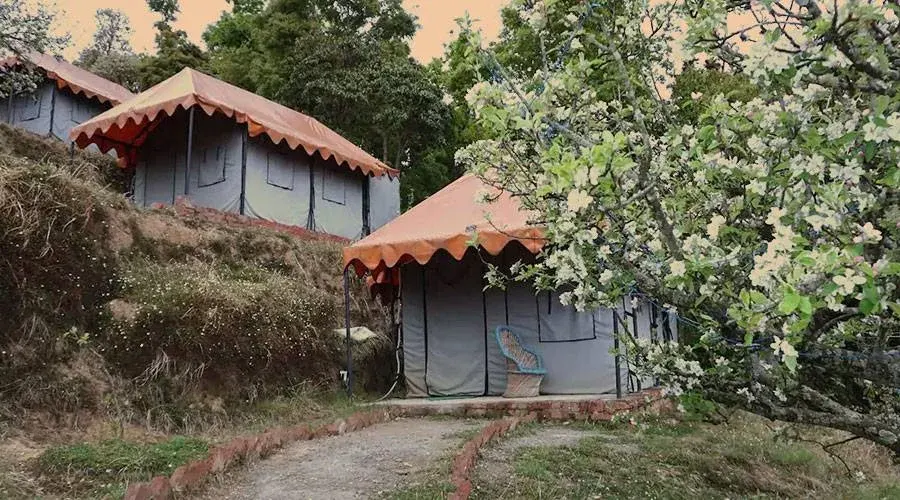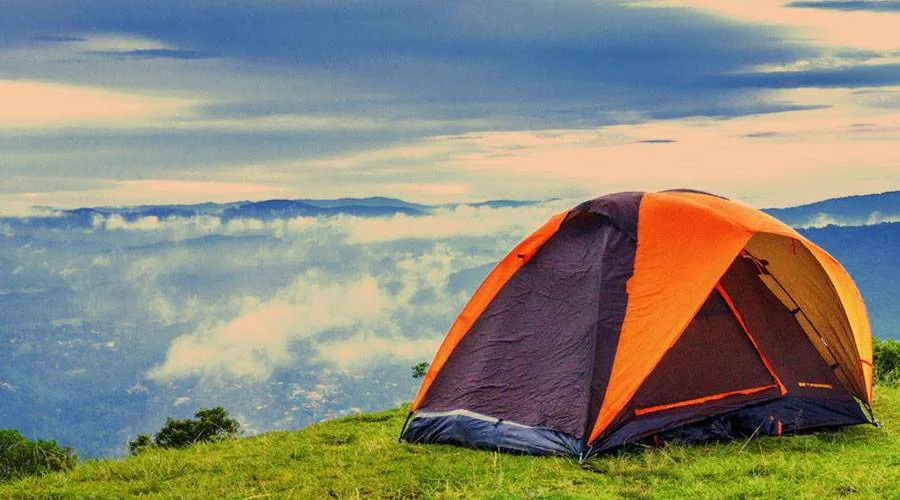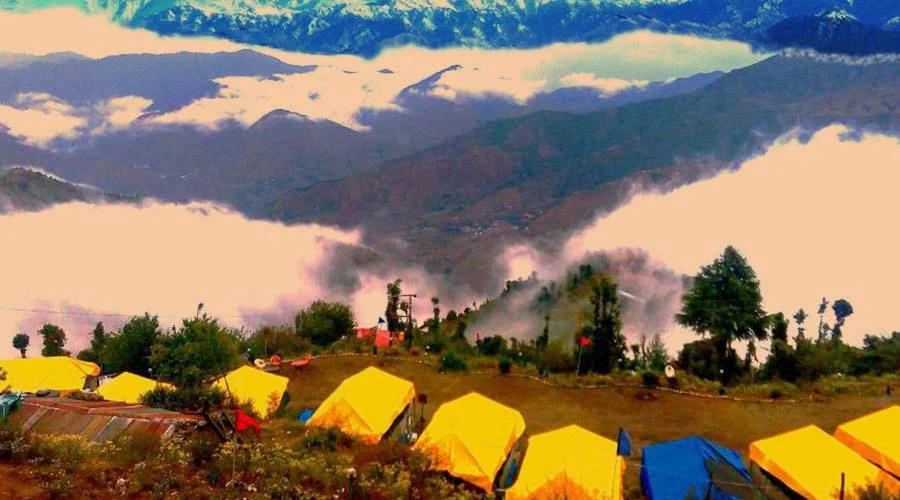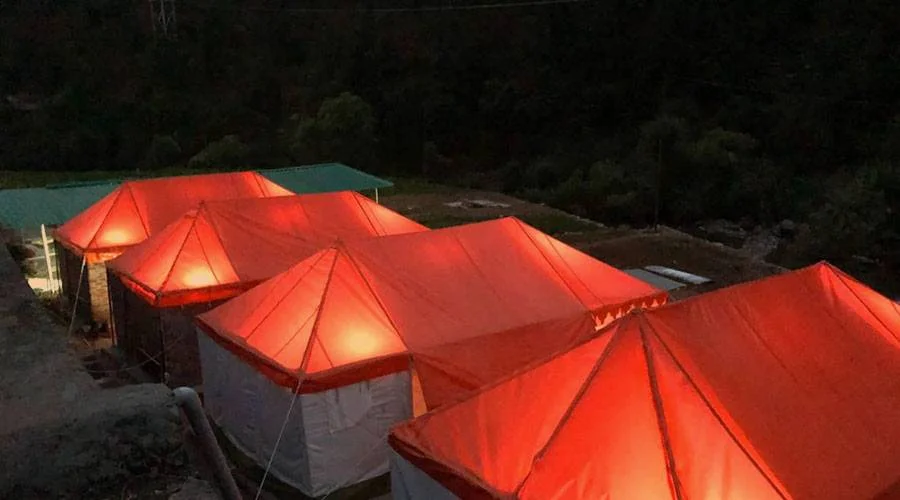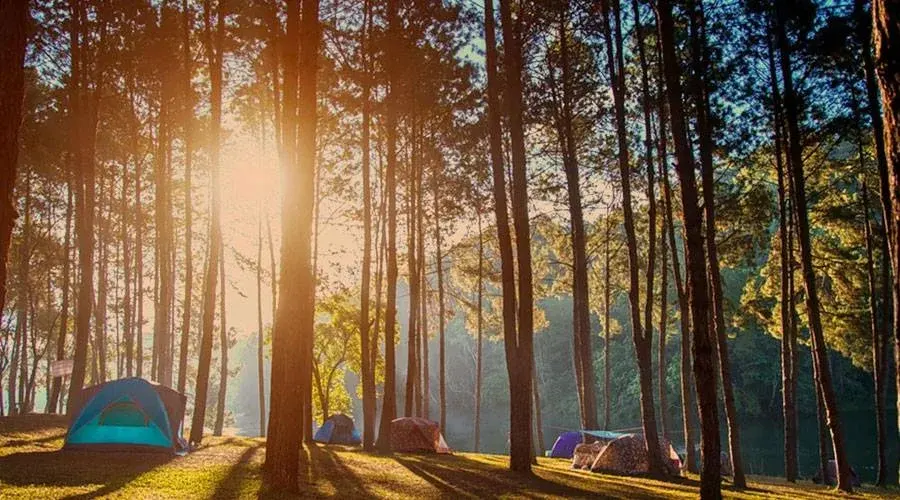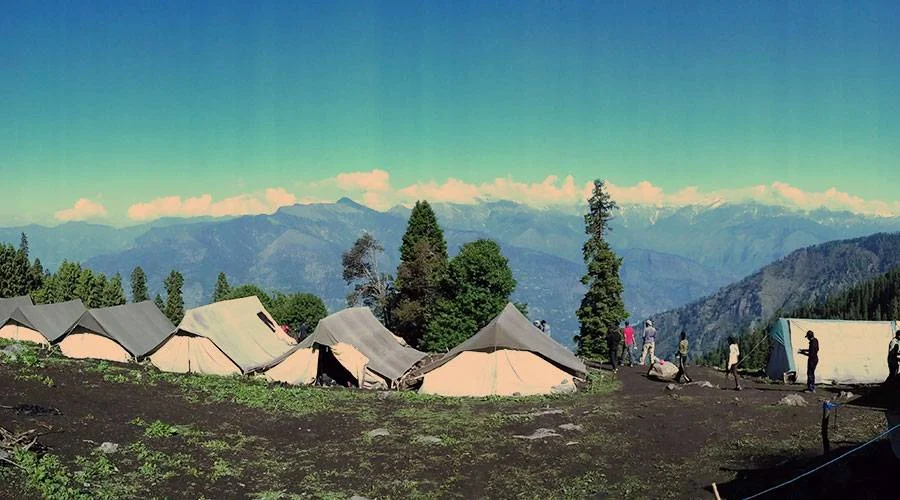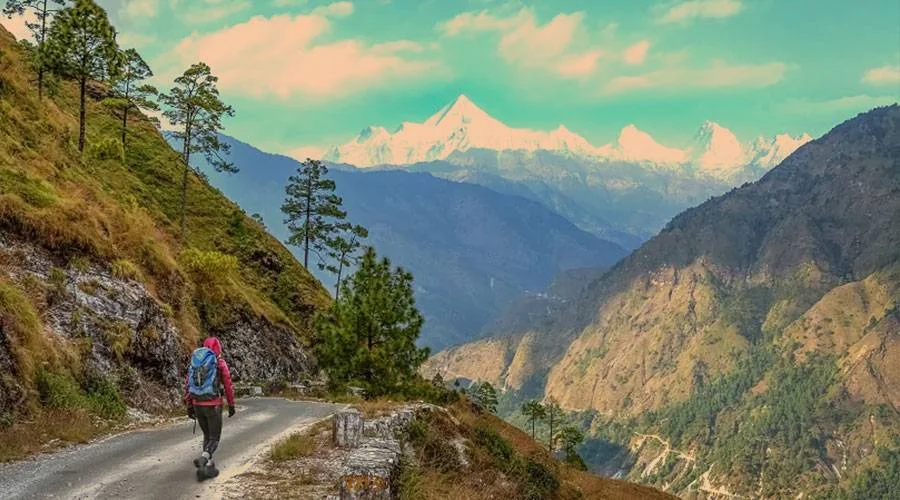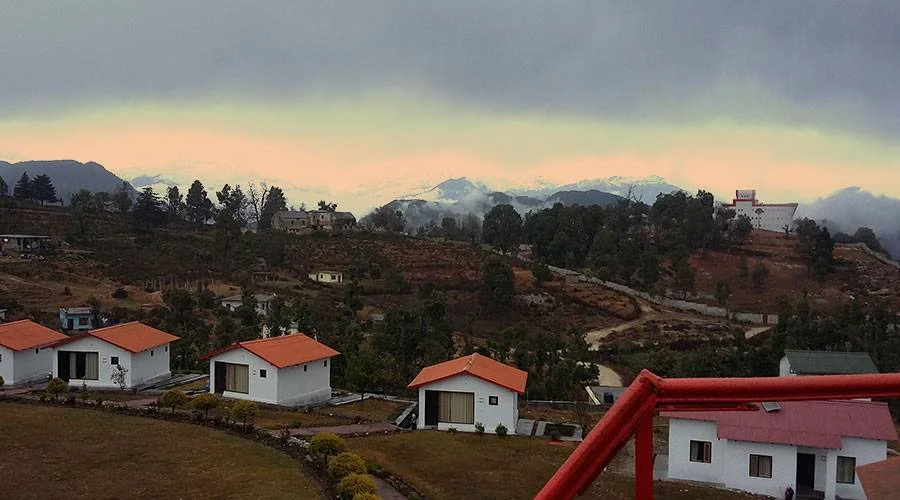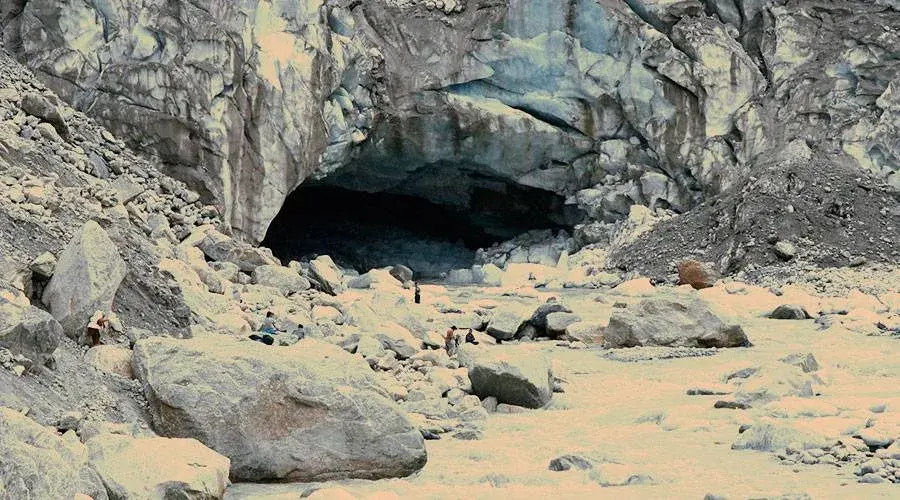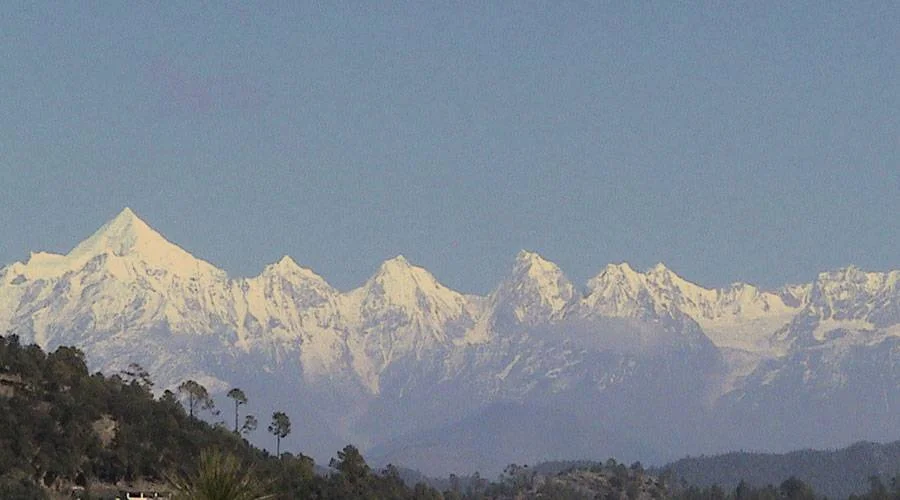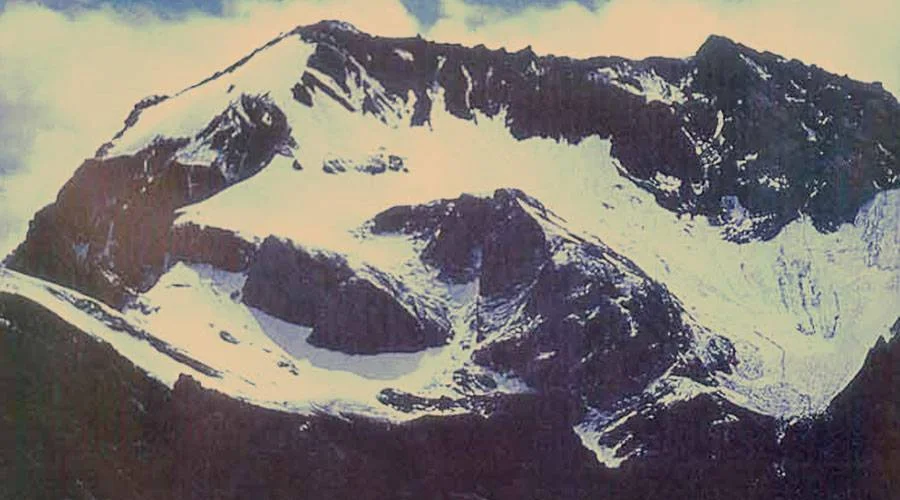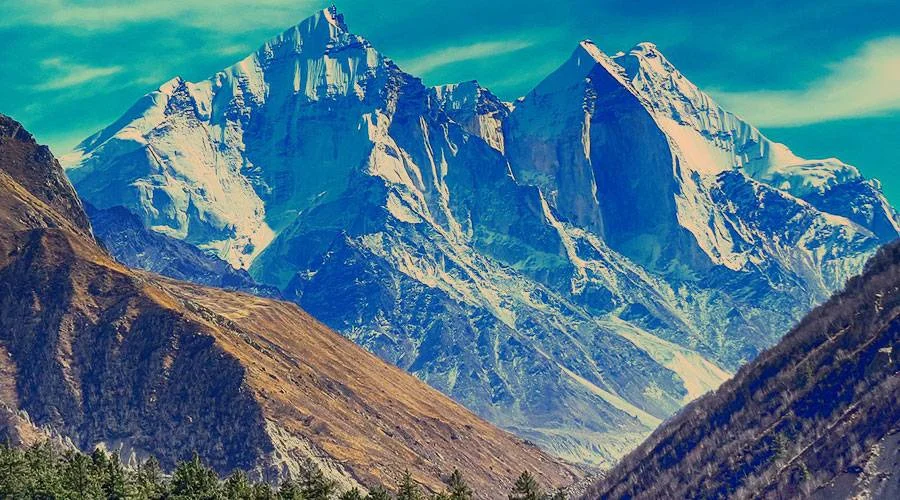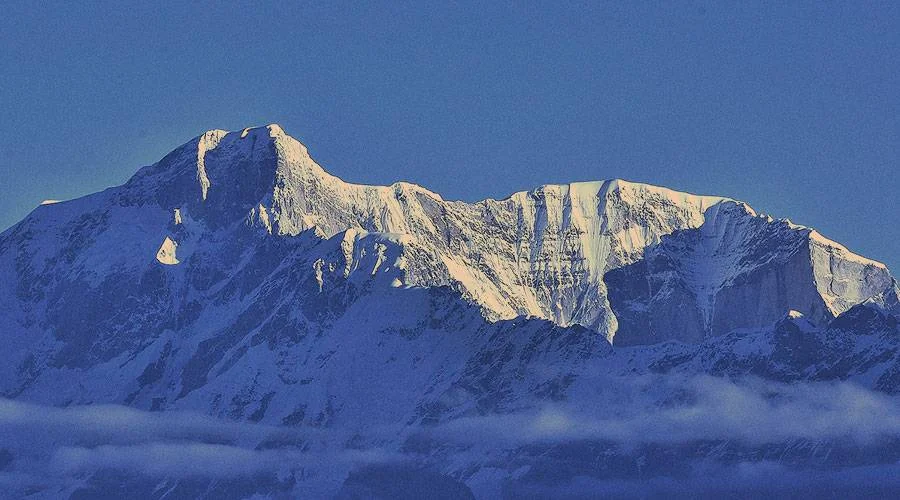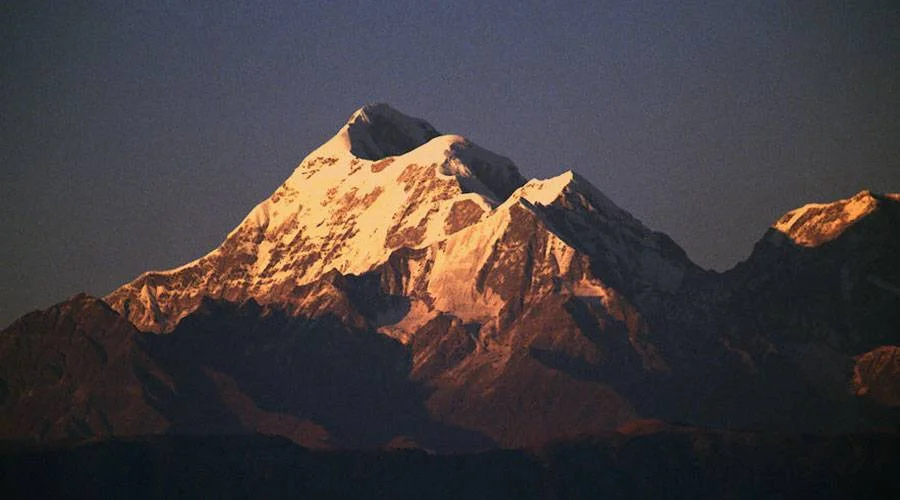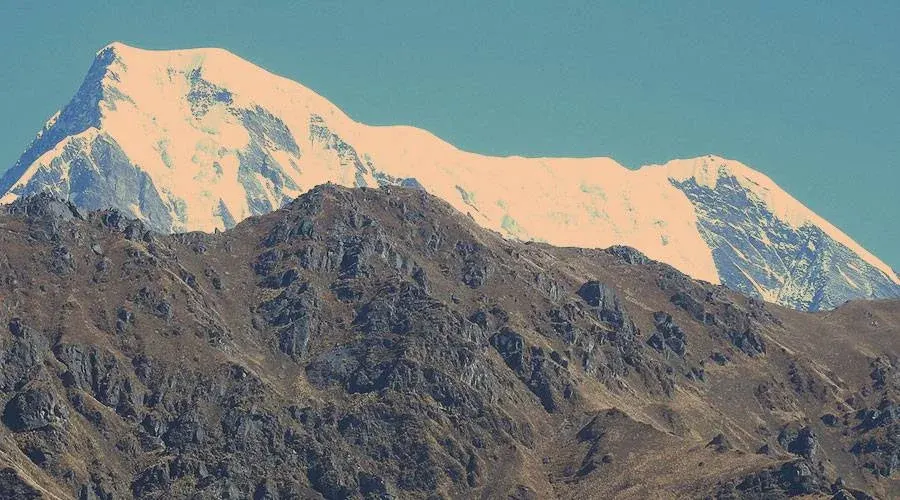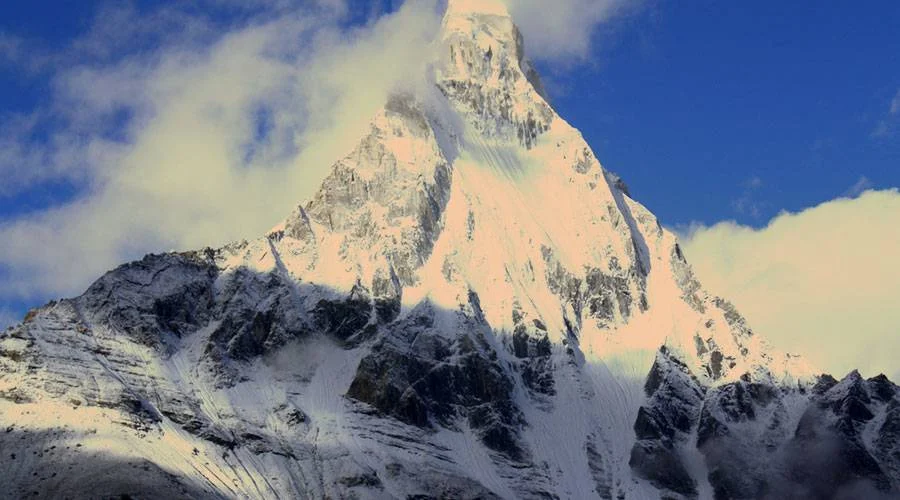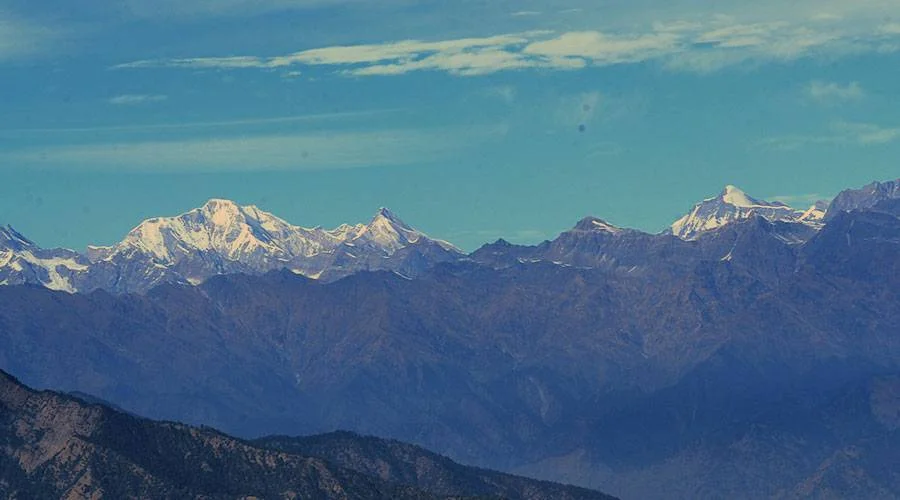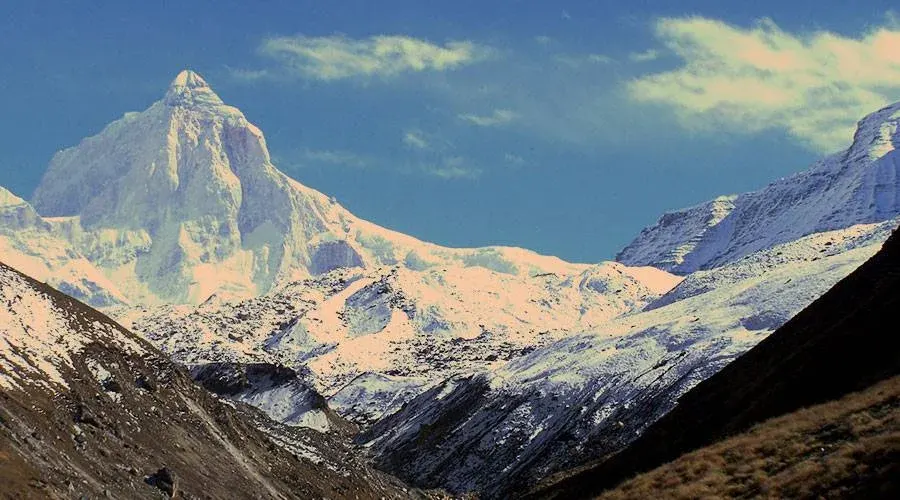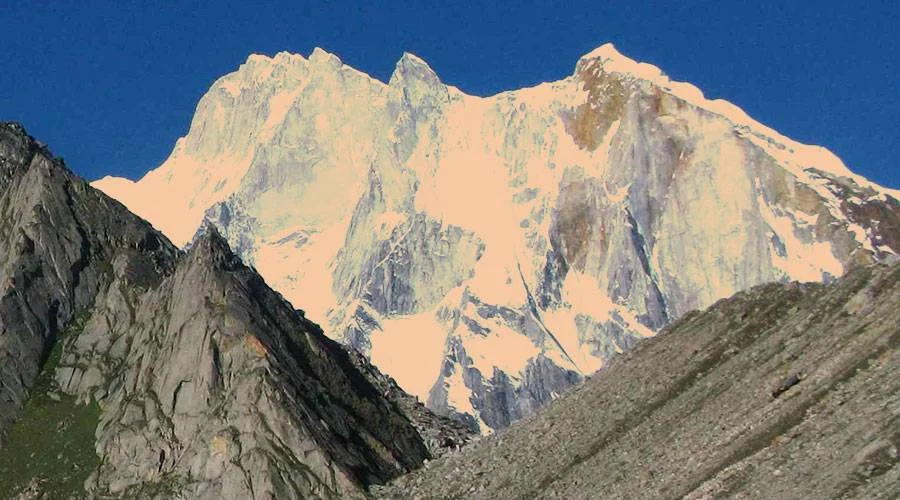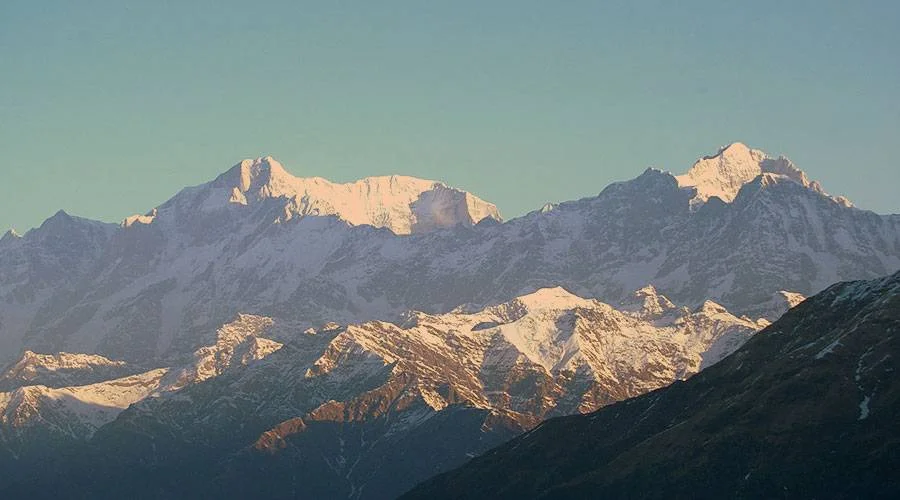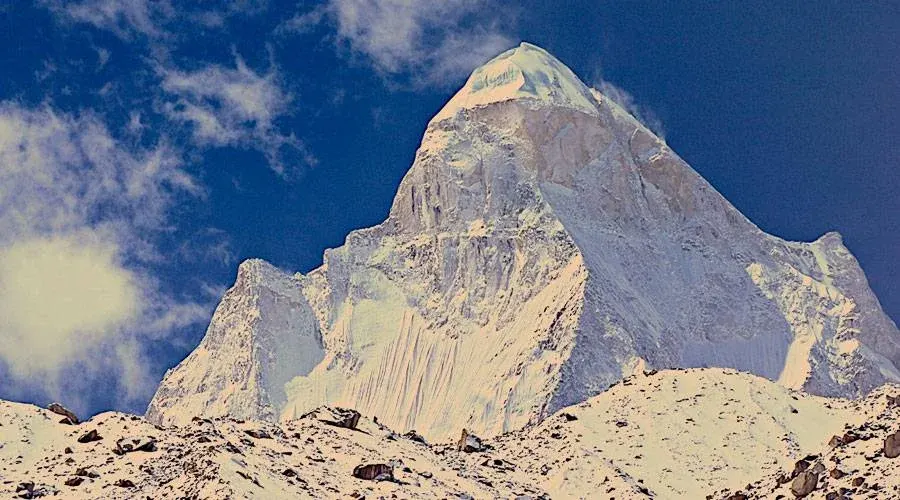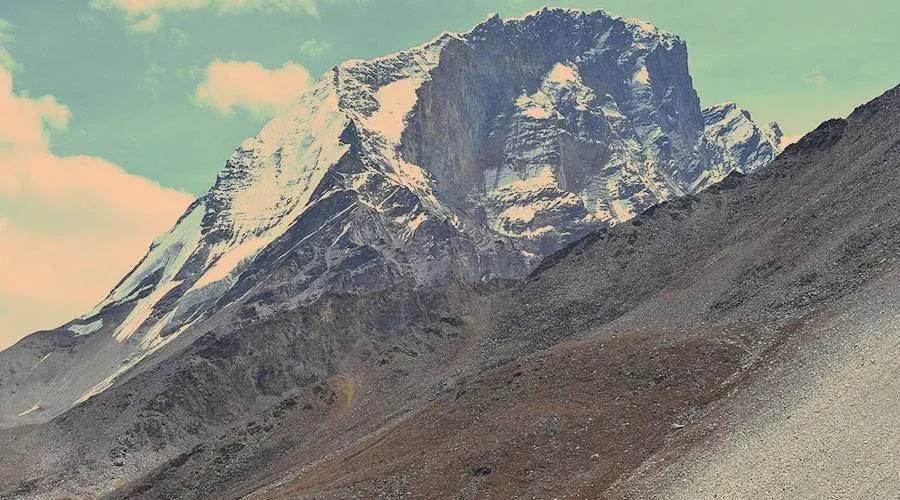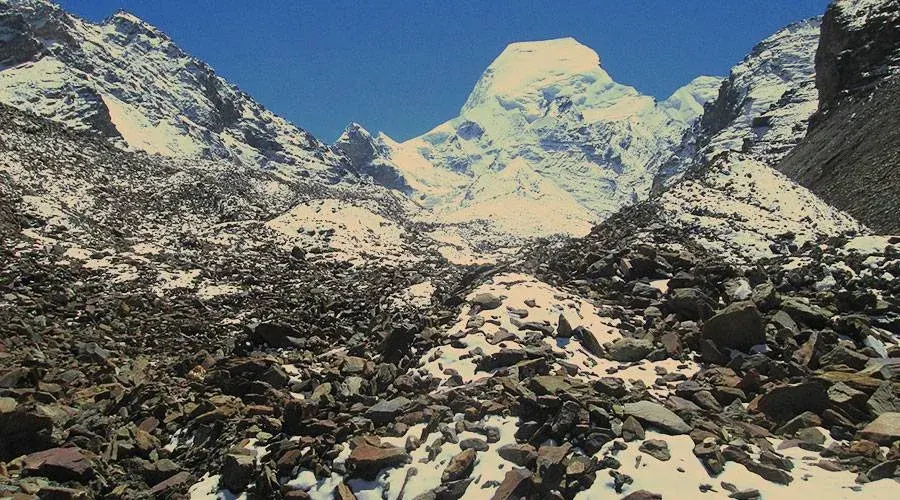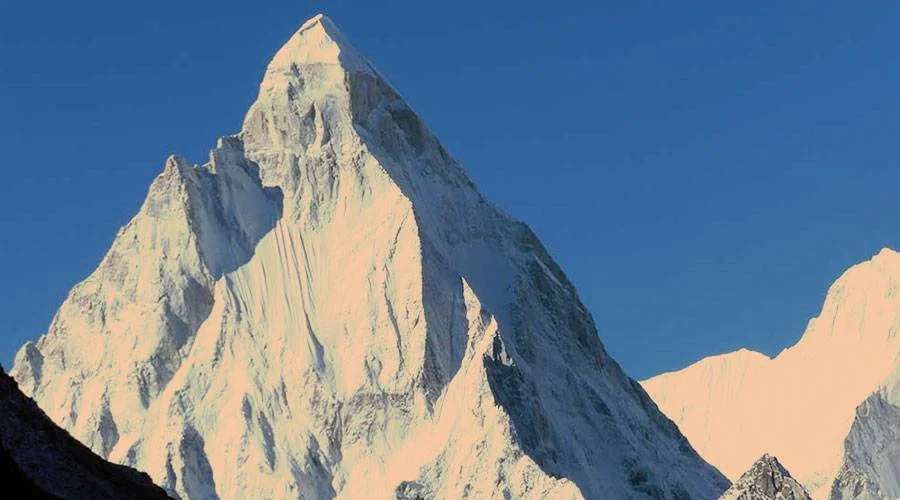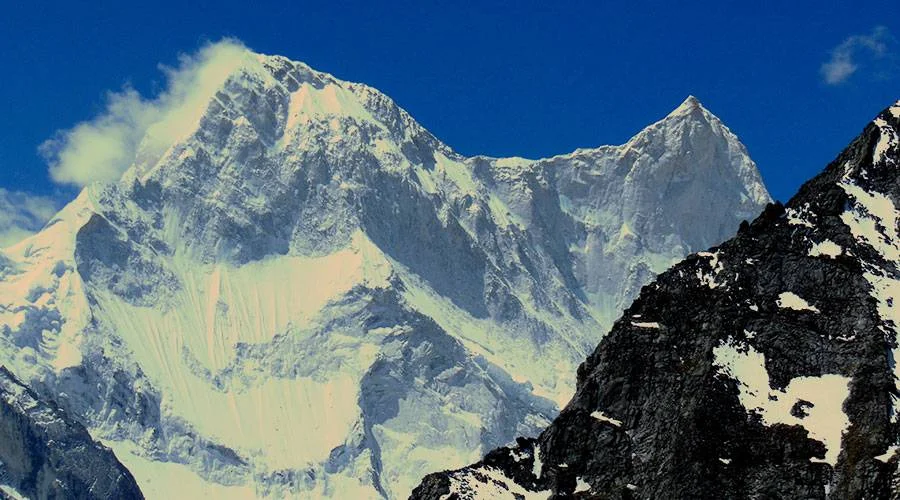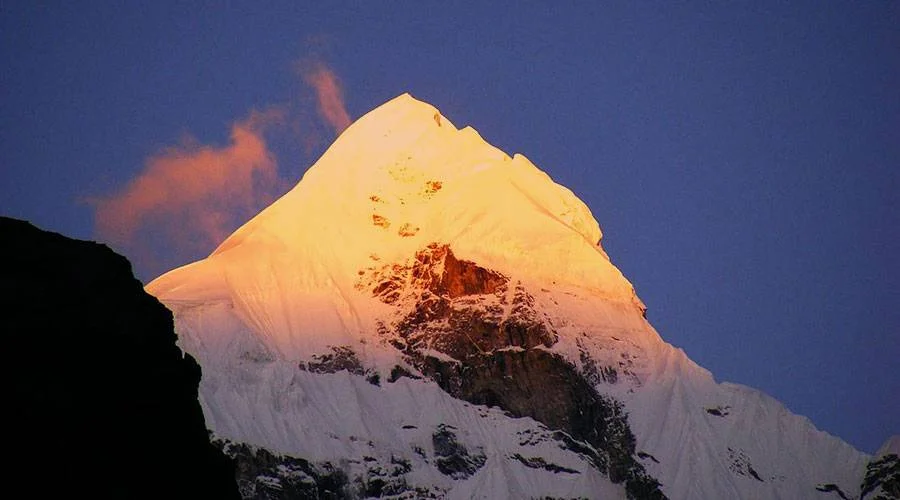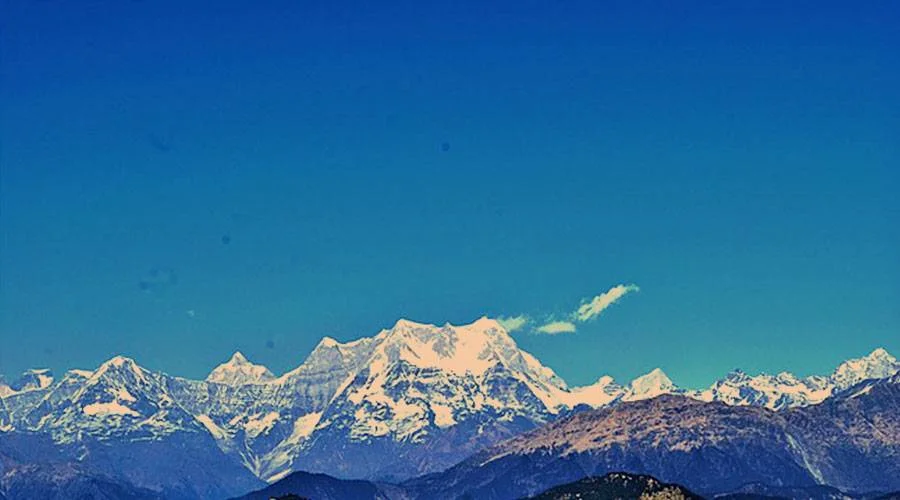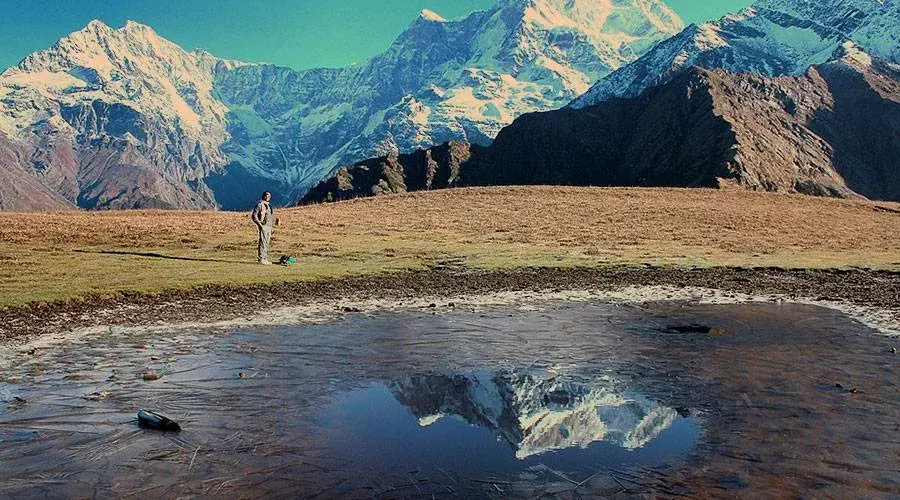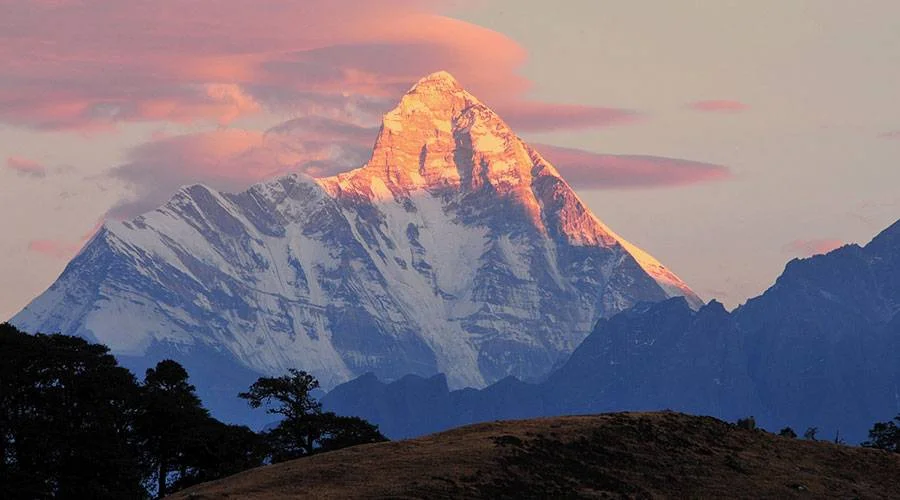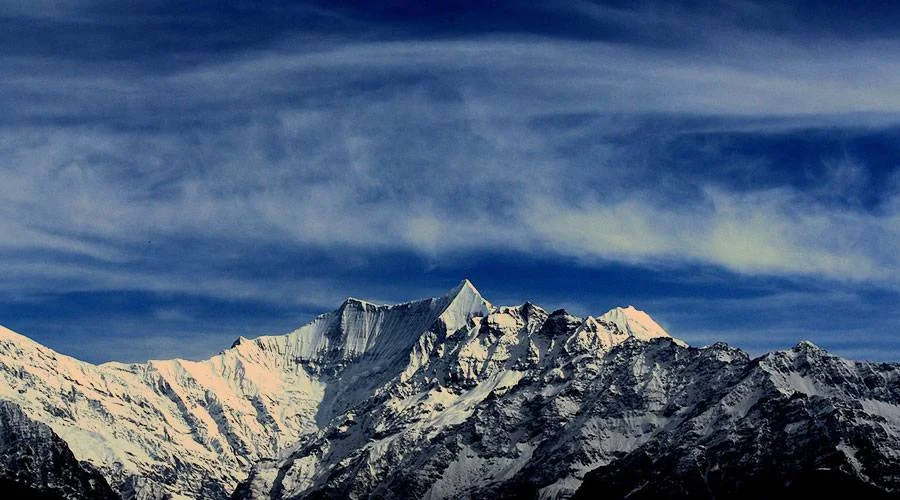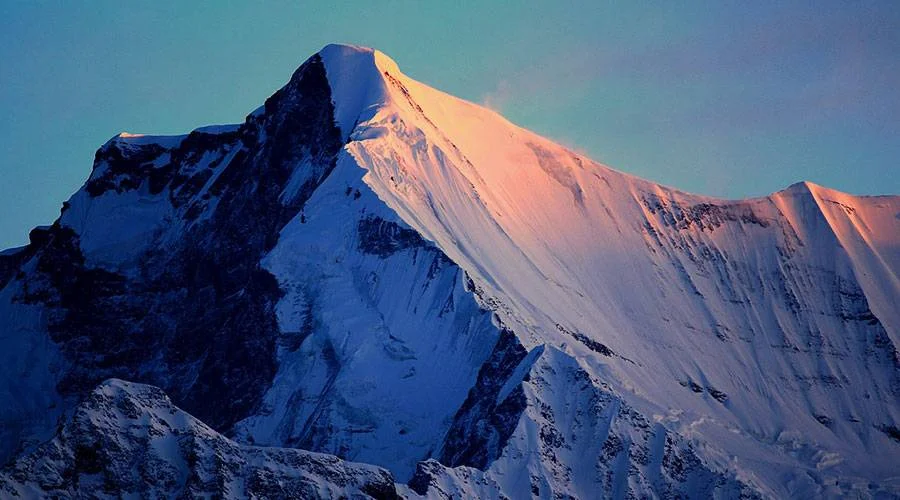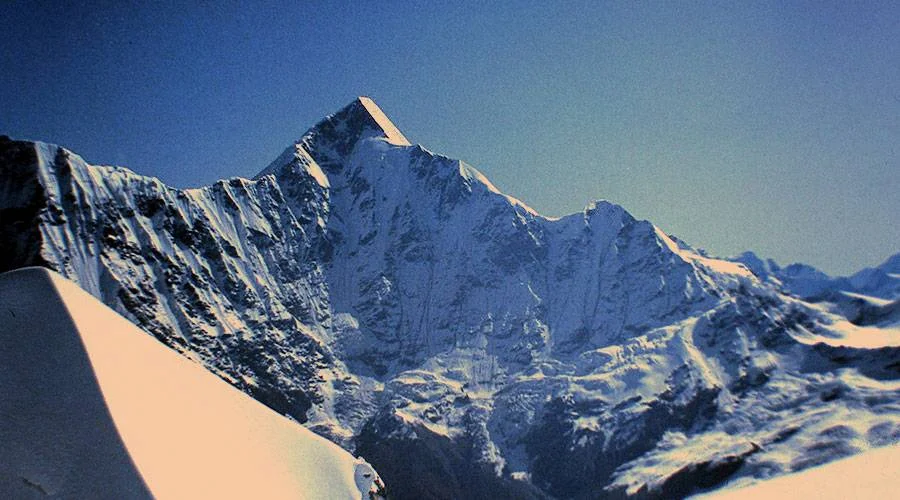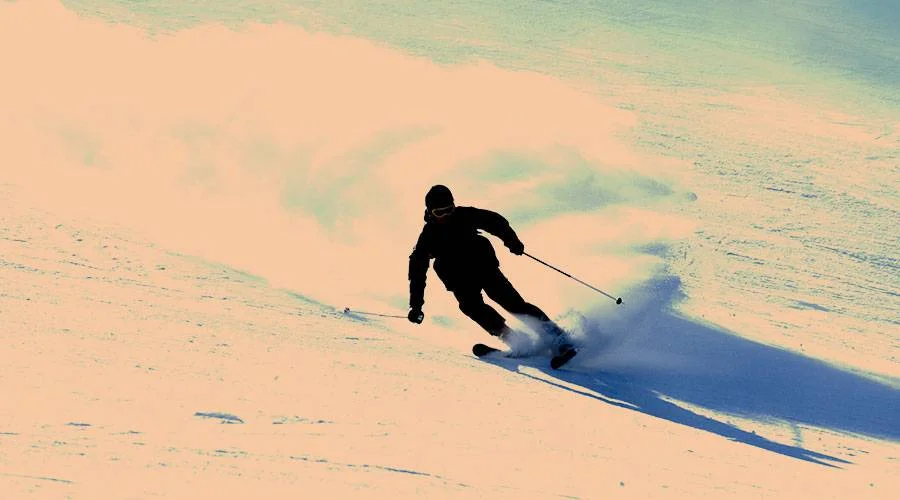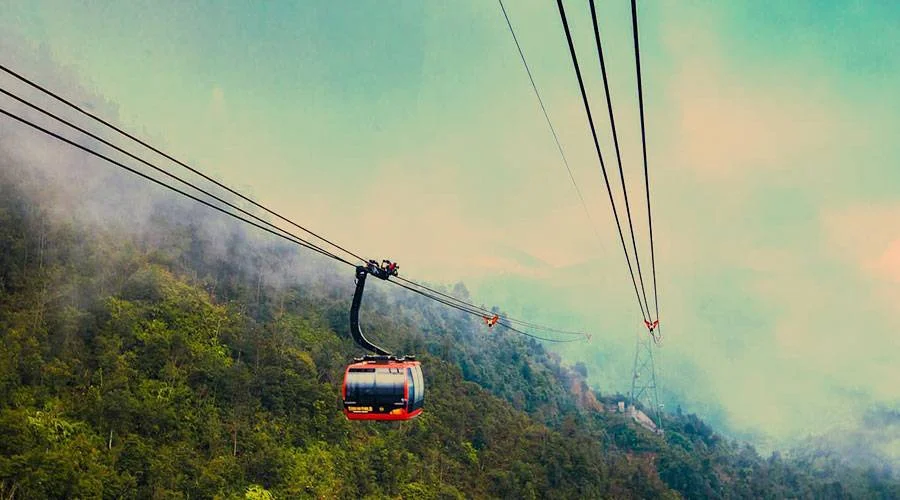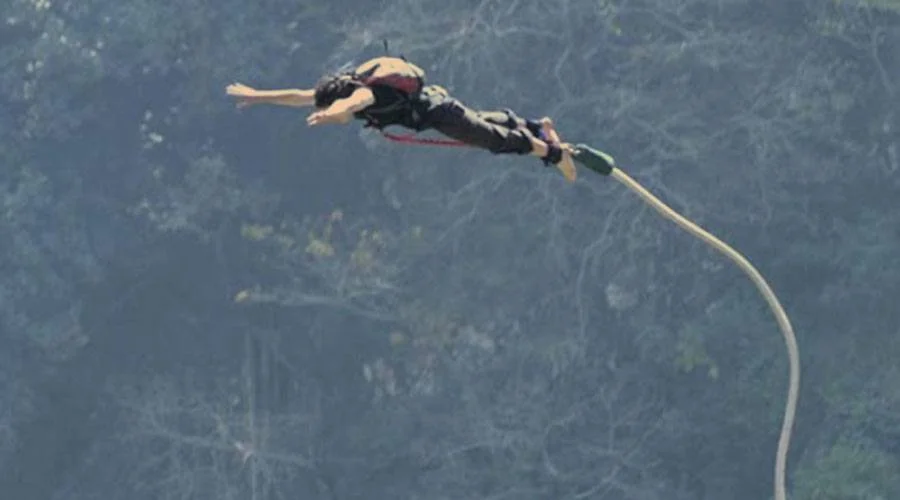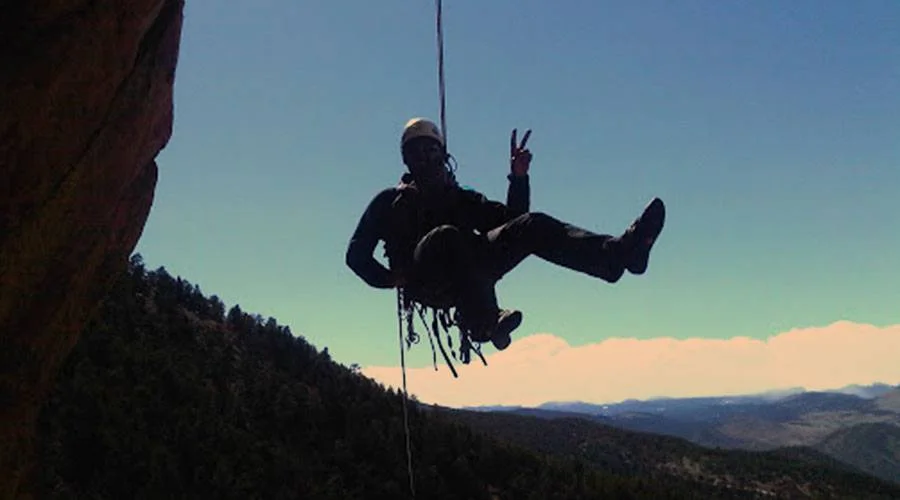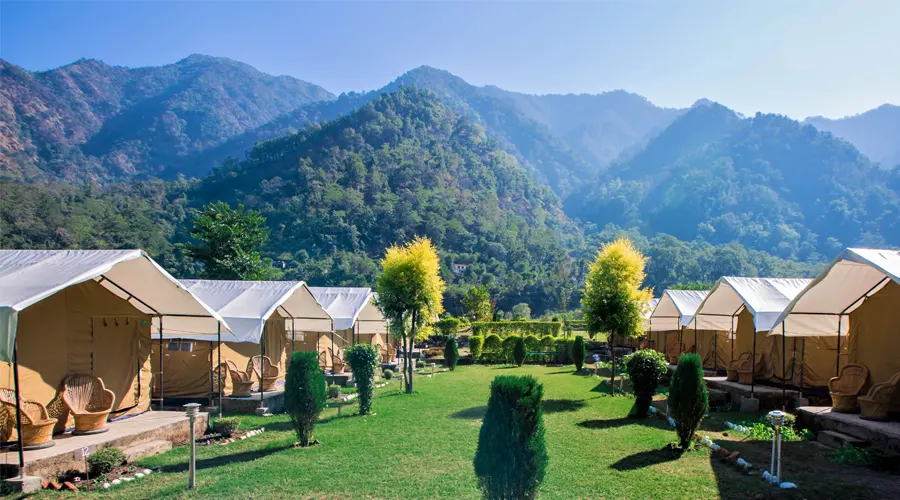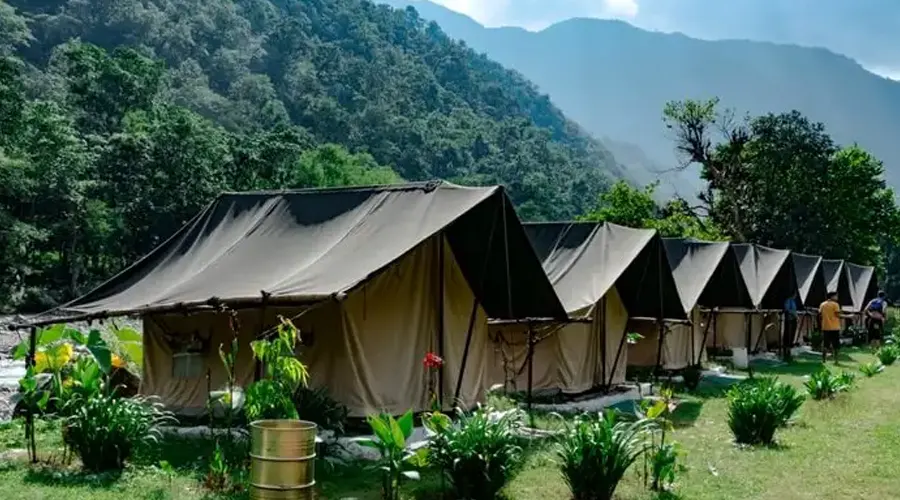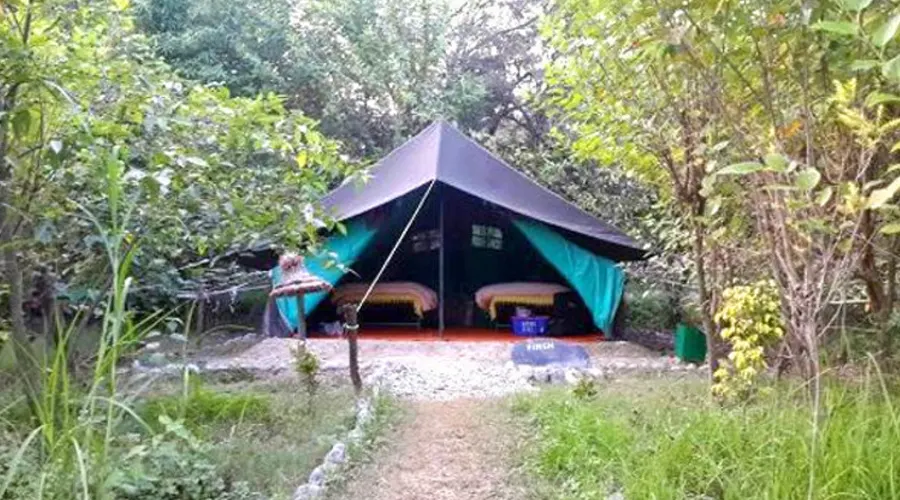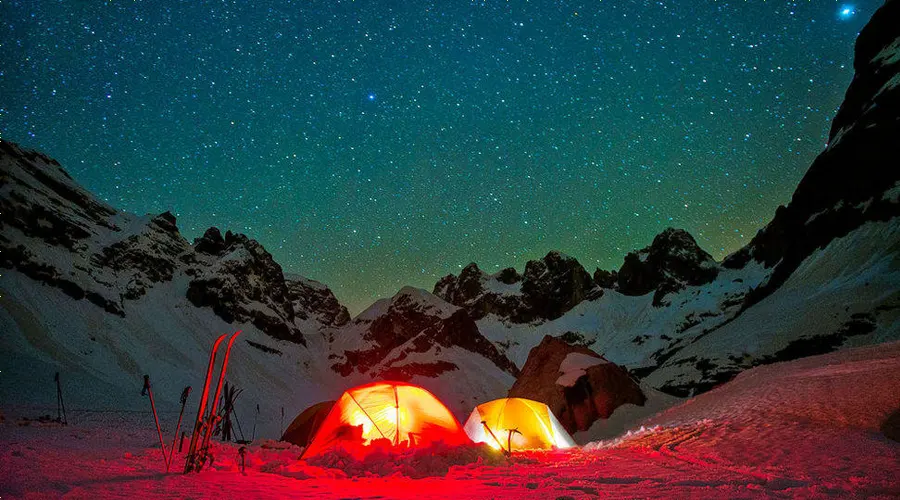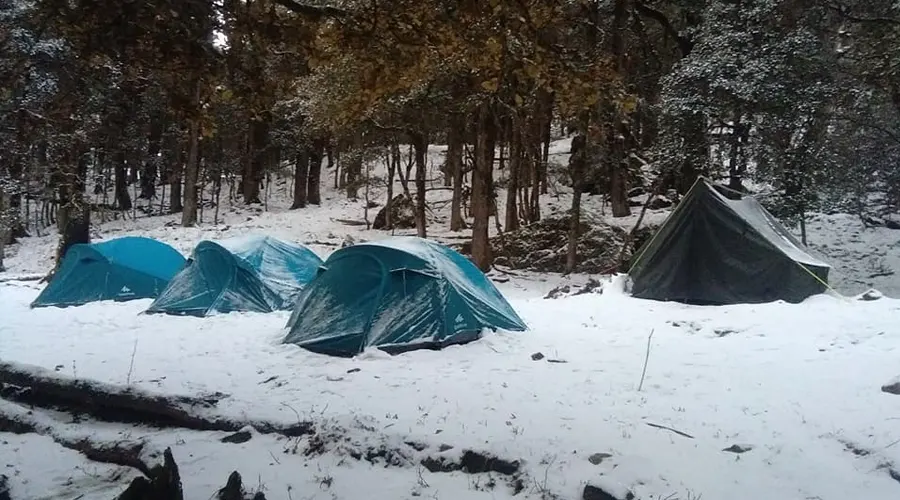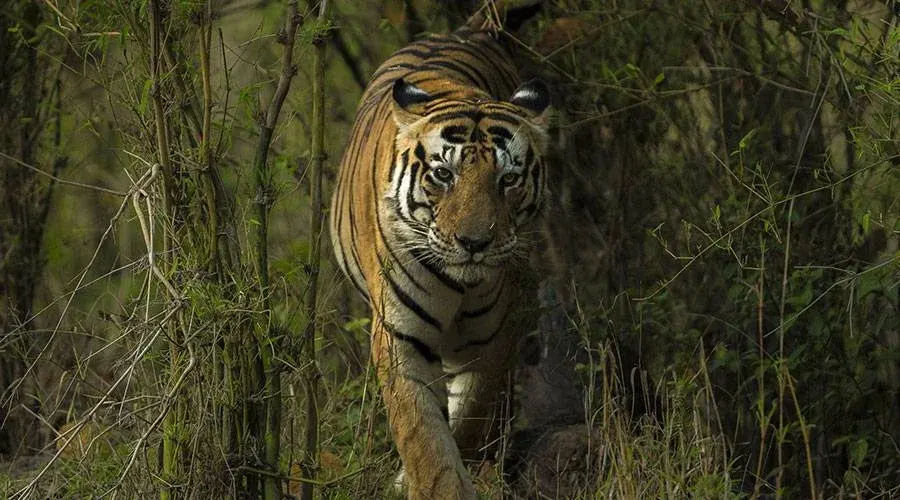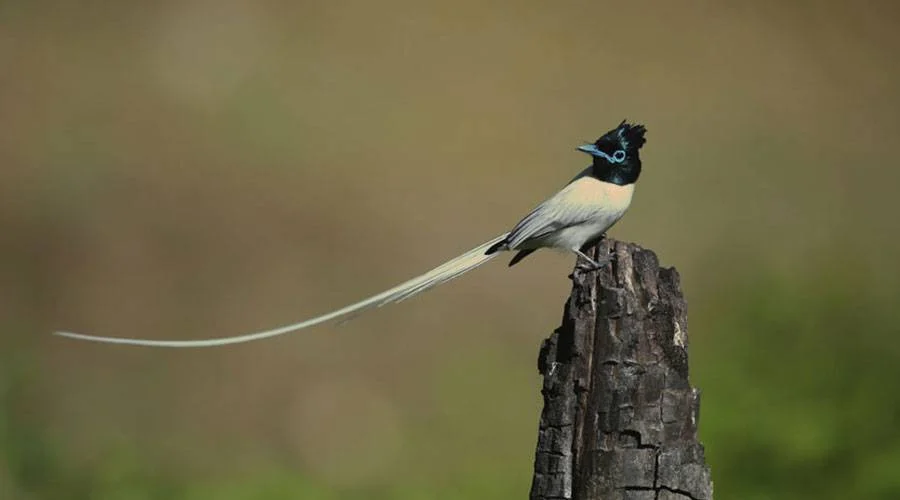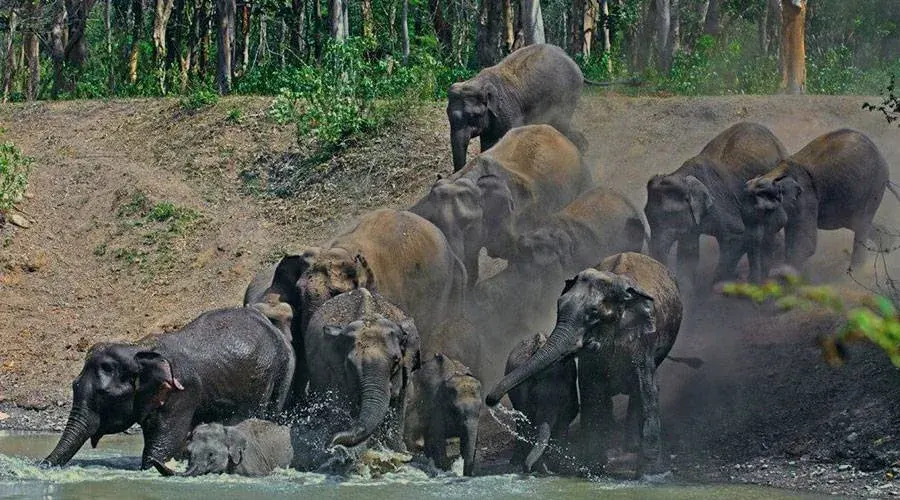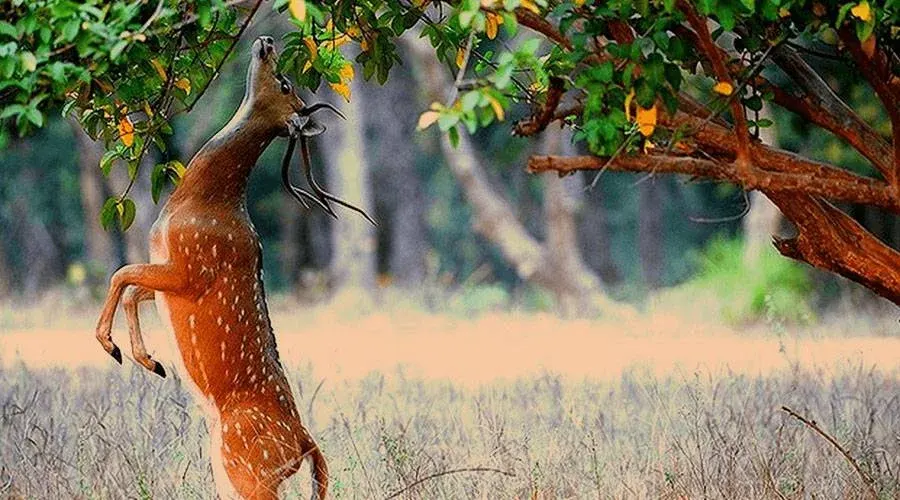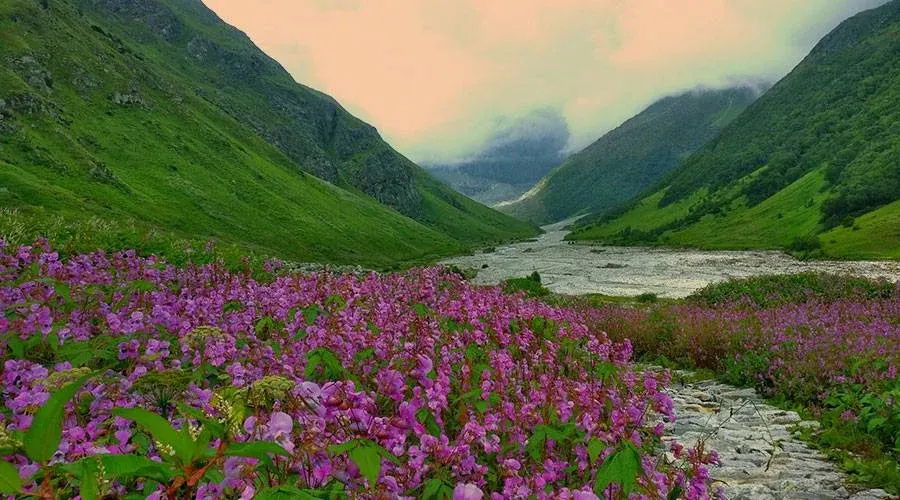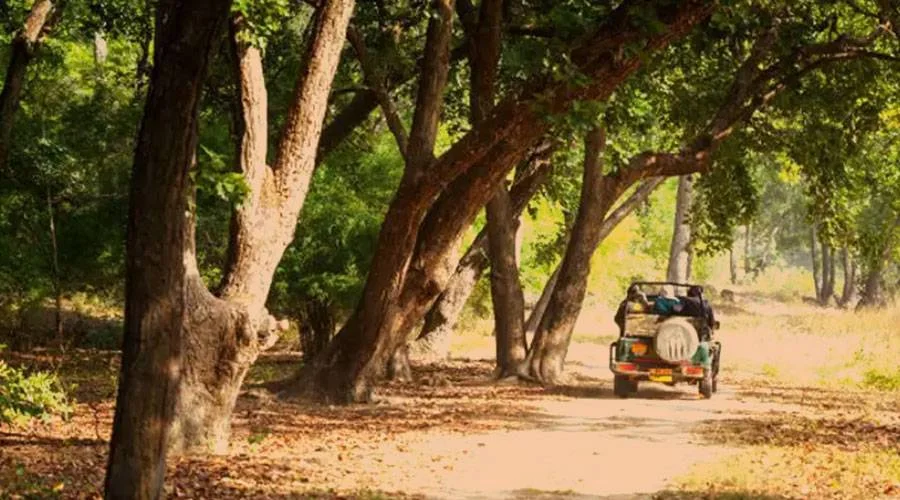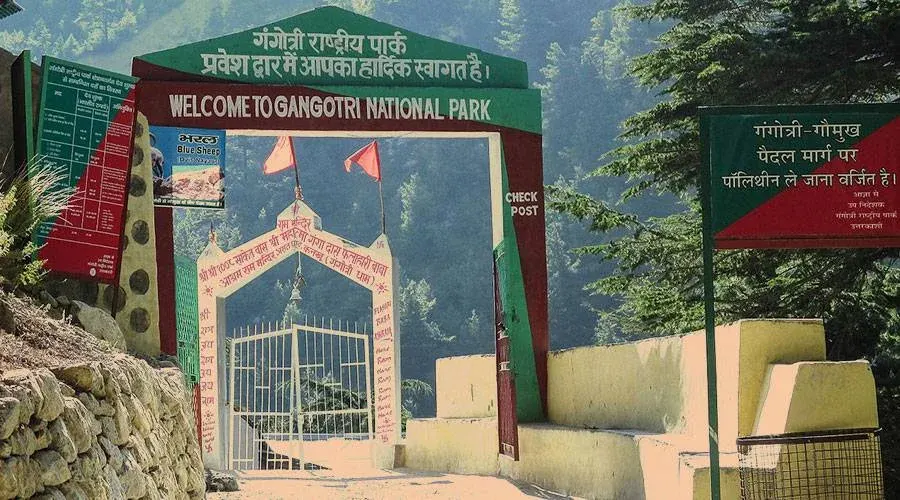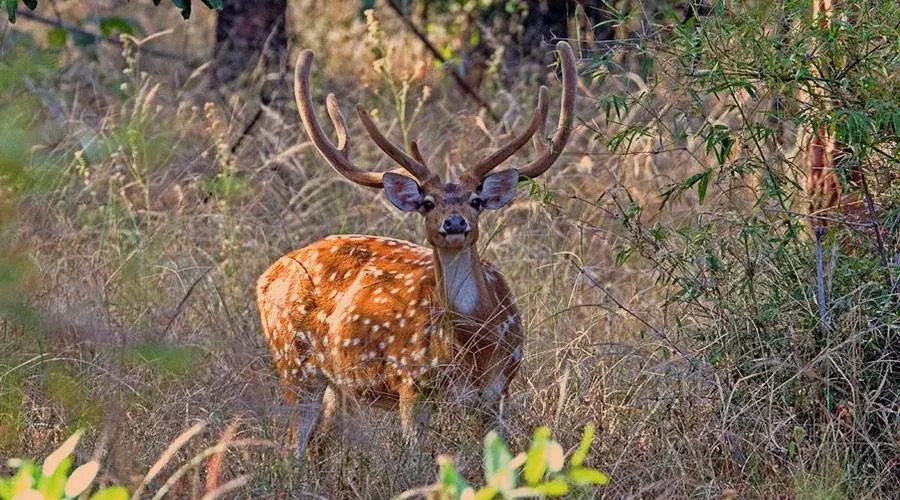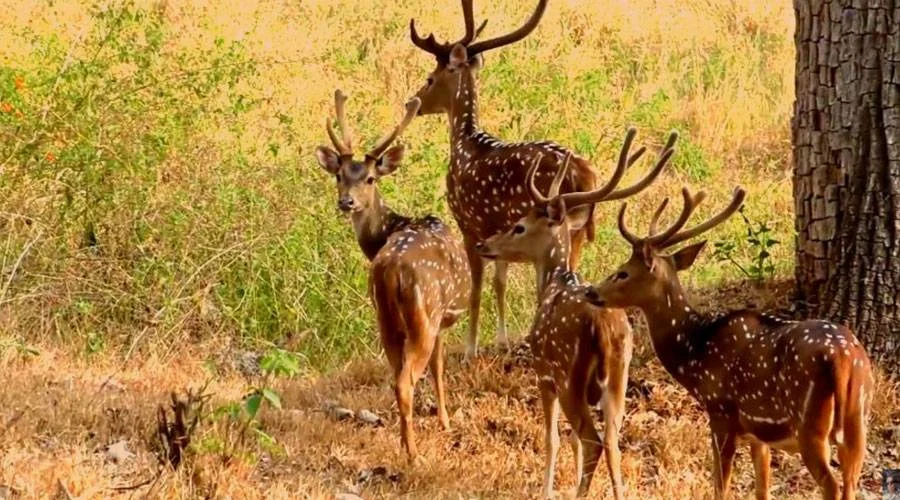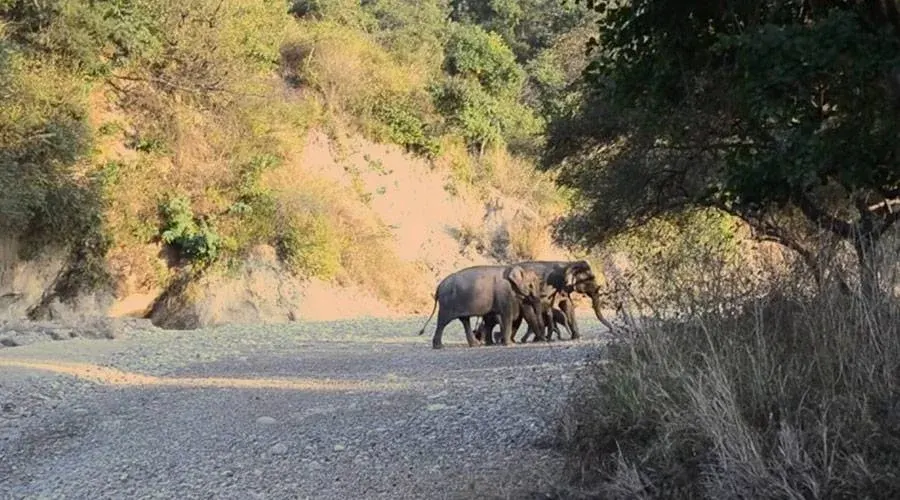Uttarakhand
Uttarakhand, also known as Dev Bhoomi, has been the center of religious and spiritual knowledge for ages. The history and culture of Uttarakhand are deeply connected with religion and are celebrated everywhere. Many cultures and ethnicities coexist here with peace and harmony. It is the perfect place for anyone who wants to learn more about the Hindu religion or for the breathtaking views of the Himalayas.
History of Uttarakhand
Uttarakhand is a settlement of Kol people, belonging to the community who speak the Munda language. Later on, in the Vedic era, Indo-Aryan tribes emerged from the northern region and joined hands with Kols'. There is also a belief that Pandavas of Mahabharta ventured out into Uttarakhand and it was the most ideal abode for Rishis and Sadhus. The first major dynasty that reigned in the Garhwal and Kumaon region was Kunindas who ruled over there in the 2nd century BC.
They were followed by the Naga dynasty (4th century), the Katyuri dynasty (7th and 14th century), and so on. While coming to the medieval period, in the 13th century the Garhwal and Kumaon kingdoms had settled in the west and east regions of the state respectively. In 1791, the Nepalese Gurkha Empire got victorious over Kumaon, and in 1803 they captured Garhwal as well.
Then, there was an Anglo-Nepalese war in 1816 that led to the Garhwali kingdom's re-establishment in Tehri, where the Treaty of Sagauli resulted in the removal of the Kumaon Kingdom entirely.
When India got independence, Tehri's state got merged into the state of Uttar Pradesh with the composition of the Garhwal and Kumaon regions in Uttarakhand. For a long time, Uttarakhand Kranti Dal was the reason for its nomination as Uttarakhand, and they began asking for a separate state.
In 1994, the demand for those political groups got momentum, which led to the division of the region to the state of Uttar Pradesh from it in 2000.Until 1998, Uttaranchal was the name famous for the country with the suggestion of the BJP. But, in 2006, the demand to rename the state to Uttarakhand rose, and parliament passed a bill in 2006 only to endow the fulfillment of demand. Finally, December 2006 was the time when Uttarakhand became an independent state of India and began developing keeping intact its rich heritage.
Culture of Uttarakhand
Uttarakhand has a ‘Pahari’ culture. Folk dance, music, and festivals are a huge part of Uttarakhand culture. The land is blessed with the beauty of the Himalayas and ancient temples.
Garhwali Culture
Garhwali is the main language spoken here that has several dialects too including Jaunsari, Marchi, Jadhi, and Sailani. Garhwal is inhabited by people belonging to many ethnic groups and castes. These include Rajputs who are believed to belong of Aryan origin, Brahmins who migrated after the Rajputs or later, tribals of Garhwal who stay in the Northern tracts and comprise Jaunsaris, Jadhs, Marchas, and Van Gujars.
Kumaoni Culture
The people of Kumaon speak 13 dialects including Kumaiya, Gangola, Soryali, Sirali, Askoti, Danpuriya, Johari, Chaugarkhyali, Majh Kumaiya, Khasparjia, Pachhai, and Rauchaubhaisi. This group of languages is known as the group of Central Pahari languages. Kumaon is also rich in its folk literature which comprises myths, heroes, heroines, bravery, Gods, Goddesses, and characters drawn from Ramayana and Mahabharatha. The most popular dance form of Kumaon is known as Chhalaria and it is related to the martial traditions of the region. All the festivals are celebrated with a lot of enthusiasm and witness such traditional dance forms even today.
Festivals of Uttarakhand
- Kumaoni Holi is celebrated in three forms namely Baithki Holi, Khari Holi, and Mahila Holi. The unique feature of this festival is that it is celebrated with a lot of music.
- Harela is a festival that marks the beginning of the rainy season or monsoon. The people belonging to the Kumaon community celebrate this festival during the month of Shravana, i.e., July-August. This festival is followed by Bhitauli, which is celebrated in the month of Chaitra, i.e., March - April. It revolves around agriculture where women sow seeds in the soil and by the end of the festival, they reap the harvest which is called Harela.
- Jageshwar fair is carried out in the temple of Lord Shiva in Jageshwar on the fifteenth day of Baisakh month which is the period extending from late March to early April. People take a dip in the pool known as Brahma Kund as a kind of belief during the fair.
- Kumbh Mela is one of the biggest and most popular festivals in Uttarakhand. This mela is a 3-month long festival and takes place once every four years rotating between Allahabad, Haridwar, Ujjain, and Nasik, i.e., only once in 12 years in any one place.
- Igaas is another Garhwali festival; it is celebrated a few days after Diwali and is also known as Garhwali Diwali. The history behind Igaas is that the men of Garhwali families who worked in the Army couldn’t come off duty on Diwali. So, they would go home a few days after it, and their families would celebrate Diwali all over again to celebrate their safe homecoming.
Folk Dance and Music of Uttarakhand
The lives of the people of Uttarakhand are filled with a lot of music and dance. Dancing is considered to form a major part of their traditions.
Some of the folk dances include:
- Barada Nati is the popular dance of the Jaunsar Bhawar area in the Dehradun district
- Langvir Nritya is an acrobatic dance form performed by the men
- Pandav Nritya is the narration of Mahabharatha in the form of music and dance
- Dhurang & Dhuring are popular folk dances of the bhotiya tribals.
Folk songs include:
- Basanti is composed to welcome the spring season
- Mangal is sung during the marriage ceremonies
- Jagars are used during the worship of ghosts
- Bajuband talks about the love and sacrifice of the shepherds,
- Khuded talks about the suffering of a woman who gets separated from her husband
- Chhura talks about the experience of the shepherds and the advice passed on by them to the younger generation.
Cuisine Of Uttarakhand
The food of Uttarakhand is dominated by Garhwali cuisine and Kumaoni cuisine, two of its main regions. The dishes are simple and locally grown without being dominated by complex spices. Some of the most famous dishes of Uttarakhand are cooked over a slow fire and consist of lentils.
Some of the most delicious mouth-watering specialties of Uttarakhand include:
Urad dal ke pakode are spicy pakoras made from dal with spices. It is a dish that is popular in every garhwali household. It is specially made on days of celebration such as birthdays, weddings, etc.
- Chainsasa is made with grinding black gram dal, then it is roasted along with spices before adding water. It is consumed with rice and mango pickle.
- Phanu made from dals
- Jhangore ki kheer is a sweet dish prepared with Jhangora.
- Bhang ki chutney is a sour-tasting chutney prepared from roasted bhang and cumin seeds mixed with lemon juice. It is a sour chutney that goes with all Garhwali foods.
Traditional Clothing of Uttarakhand
Residents of Garhwal Hills have their pattern of wearing clothes due to the cold weather of the place as a result of which, wool obtained from sheep or goats is used to prepare woolen clothes.
Traditional Dress of Men
Almost everyone follows a similar dressing style. The most commonly worn lower garment is either a Dhoti or a Lungi. Various colored Kurtas are worn as the upper garment. In addition, headgear or a turban is a must-add-on to complete this traditional costume. Kurta-Pyjama is another very famous alternative for the men of Uttarakhand. Women, as well as men, wear woolen jackets as well as sweaters in the winter season.
Traditional Dress of Women
Ghagra is a long skirt that is worn by mostly all the women of Uttarakhand. It is complemented with a beautiful coloured Choli which is an Indian blouse and a cloth covering the head i.e., an Orni. This Orni is generally fixed firmly to the waist.
This is the traditional dress of the women of both Garhwalis as well as Kumaonis. Ghagra-Pichora is the traditional bridal costume of the Kumaoni women which is similar to the Ghagra Lehenga-Choli. Pichora is a Kumaoni covering (more like a veil) that is decorated with gold and silver embroidery.
Long ‘naths’ are worn by both Kumaoni and Garhwali women, and they are made out of gold, red and white beads that are auspicious and celebrate the longevity of their marital life. Garhwali women wear a necklace like the modern-day choker; it is called a ‘gul band’.
Language of Uttarakhand
Garhwali is the main spoken language that originates from Hindi. Kumaoni and Garhwali dialects of Central Pahari are spoken in Kumaon and Garhwal regions respectively. Jaunsari and Bhotiya dialects are also spoken by tribal communities in the west and north respectively. The urban population, however, converses mostly in Hindi.
Tourism of Uttarakhand
The popular places in the Foothills or Plains are –
Haridwar for Temples
Hrishikesh for Temples, Whitewater rafting, Rajaji National Park, Spiritual Ashrams, and Yoga Classes.
Dehradun Capital city, Waterfalls, Jungles, Forest Research Institute
Mussoorie as a Honeymoon destination, waterfalls, Vantage points
You can head further from Mussoorie towards Daunalti for getting into adventure activities and trekking. Another popular trail is to follow the river Ganges to Gaumukh via Gangotri. If you are up for high-altitude hiking then you can trek to Tapovan from Gaumukh. Uttarakhand is also home to the very popular Char Dham yatra covering Badrinath, Kedarnath, Gangotri, and Yamunotri.
Nanda Devi National Park: Valley of flowers trek
Auli: Skiing resort
Hemkund Sahib: Highest gurudwara in the world.
Mana Village: The last village of India on this side and the international border is now connected with Mana village which passes by the highest motorable road in the world (higher than khardungla in Ladakh).
Going towards the Kumaun side of the state, you can visit Corbet National Park, Nainital, Almora, Ranikhet, and Pithoragarh. There are many treks in this part of the Himalayas. following the same road, you can enter Nepal from Uttarakhand.
Art & Craft of Uttarakhand
The land of Uttarakhand is full of artisans and a variety of art and craft. Both the rural and urban people indulge in producing/manufacturing some incredible crafts that are worth witnessing. Woodwork is a significant art form that the locals of Uttarakhand practice, apart from it, paintings from the Garhwal School of Paintings and murals like Aipan demonstrate the skills of the natives. The Ringaal Handicraft which is practiced by a backward community named the same is quite appreciable.
The Rambaan Handicraft done by using Jute and Hemp also reflects the rich art and craft of Uttarakhand. Apart from it the woolen knitted wear and embroidered cushion covers, carpets, bedsheets, and curtains by the rural women or urban women groups are a must-buy from Uttarakhand. The candle-making skills in the state are also at par excellence, there is an entire market in Nainital that is dedicated to this art.
Lifestyle in Uttarakhand
The lifestyle in Uttarakhand is heterogenous and one can mark the difference between the urban and rural life in the state. Since Uttarakhand comprises both hilly and plain terrains that eventually demarcate the lifestyle in the state, and then there are areas in the hill that are remote and difficult to access, where the way of life is entirely different.
Urban areas like Dehradun, Nainital, Haldwani, Haridwar, and a few others enjoy access to most of the modern facilities like top-notch schools, hotels, shopping areas, and restaurants with better job offers and economic status. The people are often seen engrossed in trying out new technology, building better infrastructure, and also working towards social reforms.
Whereas in the rural areas, life moves at its own pace, women here are seen taking care of their household as well as the agricultural work and collecting wood from the forest. With the interference of NGOs and Government aid, many rural areas in Uttarakhand are making their living by selling organic products, handicrafts, and homestays. While the urban people in Uttarakhand entertain themselves by going to the cinema or watching tv or indulging in modern sports, the rural gentry still enjoys organizing fairs, performing a folk dance, and devoting time to traditional art and craft.
Occupation in Uttarakhand
Uttarakhand is largely dependent on its agriculture for revenue. Basmati rice, wheat, soybeans, groundnuts, coarse cereals, pulses, and oil seeds are the most widely grown crops in the state. There are also fruits like apples, oranges, pears, peaches, litchis, and plums that are widely grown in the state and bring a good amount of revenue. Other key industries for the source of the economy include tourism and hydropower, and recent development in IT, ITES, biotechnology, pharmaceuticals, and automobile industries can also be seen in the state.


